The current and complete timeline (incl. search options) can be found in the menu item Databases.
Elector Friedrich IV lays the foundation stone of the fortress Friedrichsburg in 1606 and issues city privileges in 1607 to attract immigrants from all over Europe.
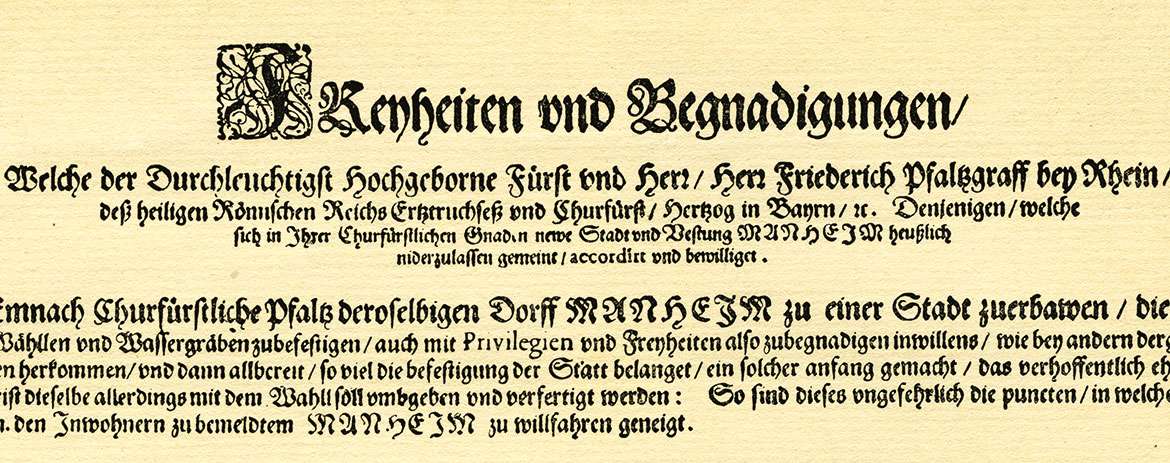
Count Palatine Johann von Zweibrücken grants the city fair privileges on May 1 and September 22. Today's May Market and the two amusement fairs are in this tradition.
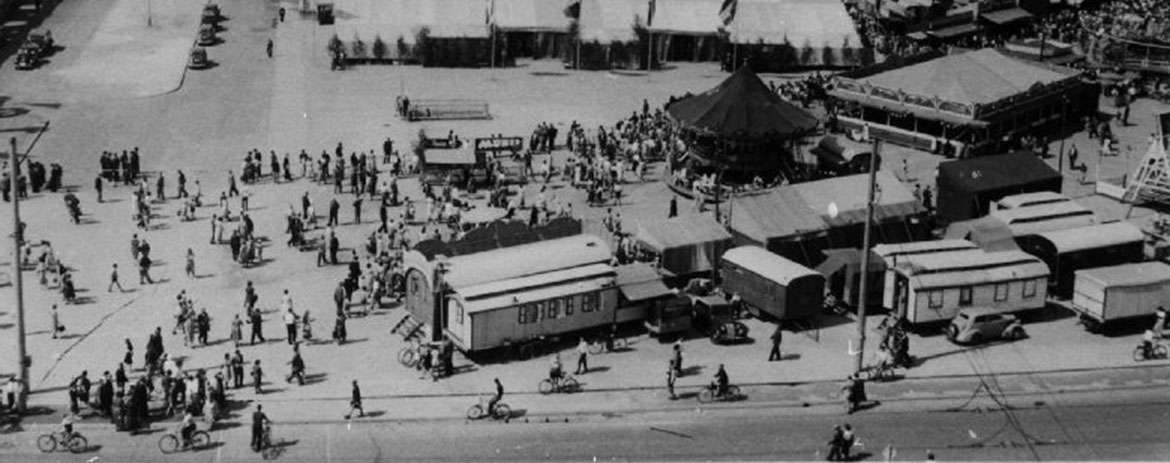
Army commander of the Catholic League, Count von Tilly, conquers and destroys the city and fortress during the Thirty Years' War.
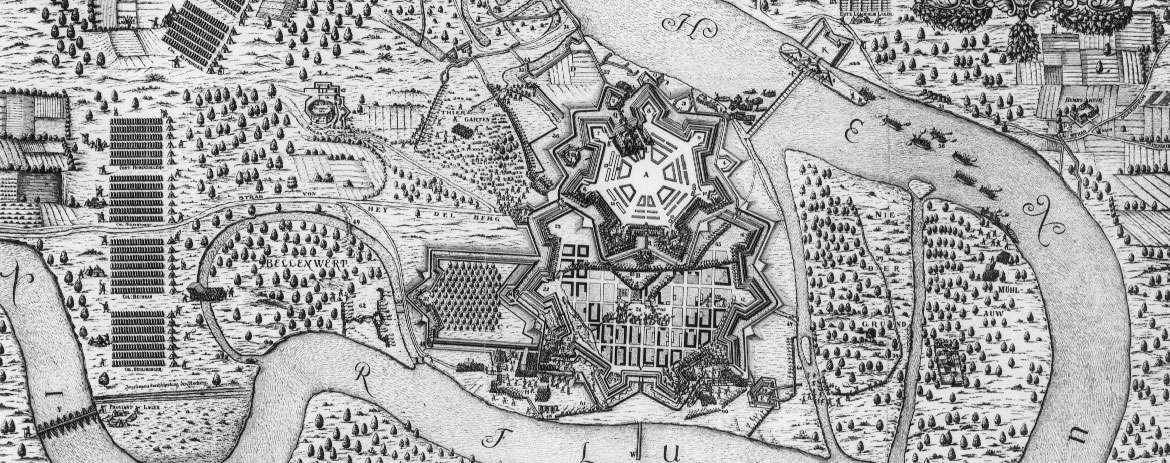
With significant participation of French, Walloon and Flemish colonists, Mannheim is rebuilt. Elector Karl Ludwig grants new city privileges.
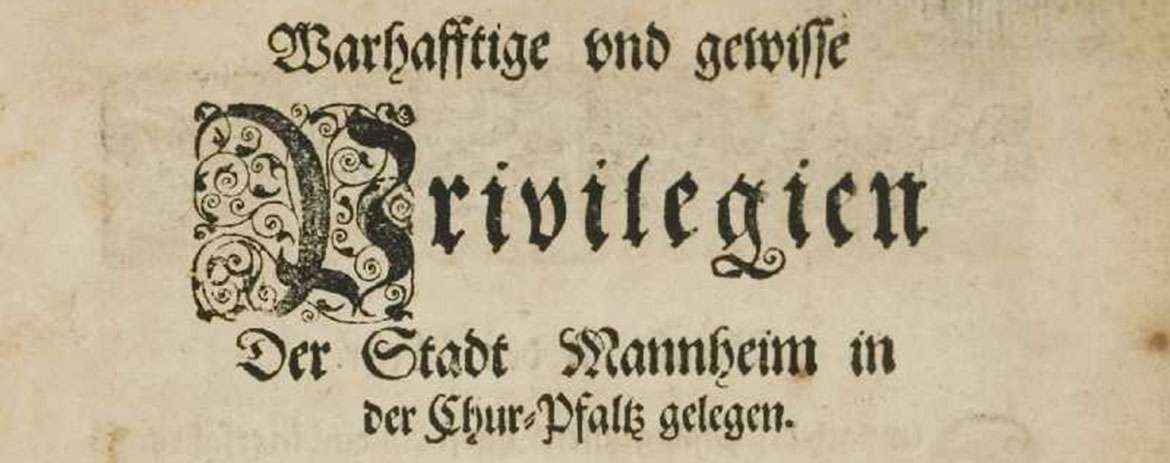
In the Palatinate War of Succession, French troops destroy Mannheim which has about 6,500 people in the city and fortress.
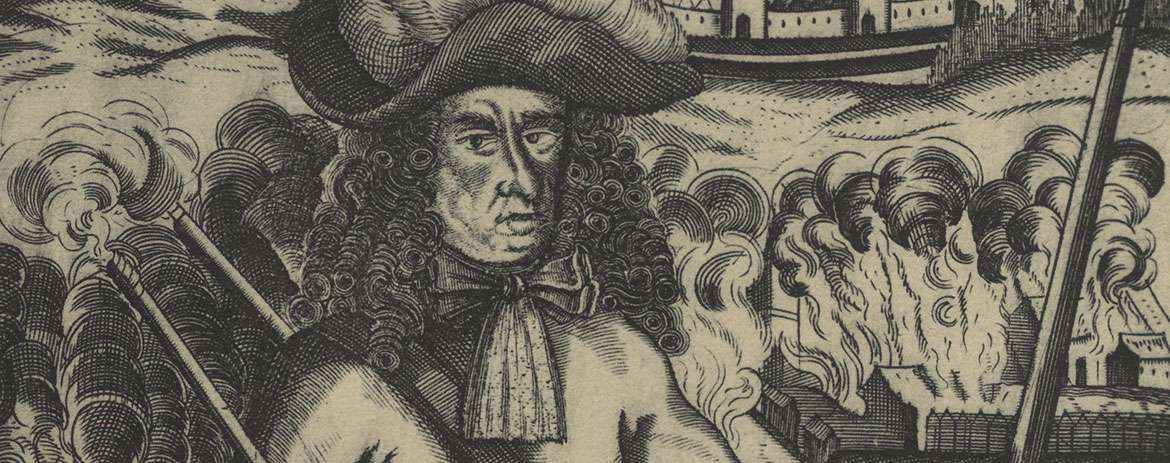
The reconstruction of the city under Elector Johann Wilhelm begins. To encourage the fled citizens to return and to attract new immigrants, the elector issues extended privileges in 1698.
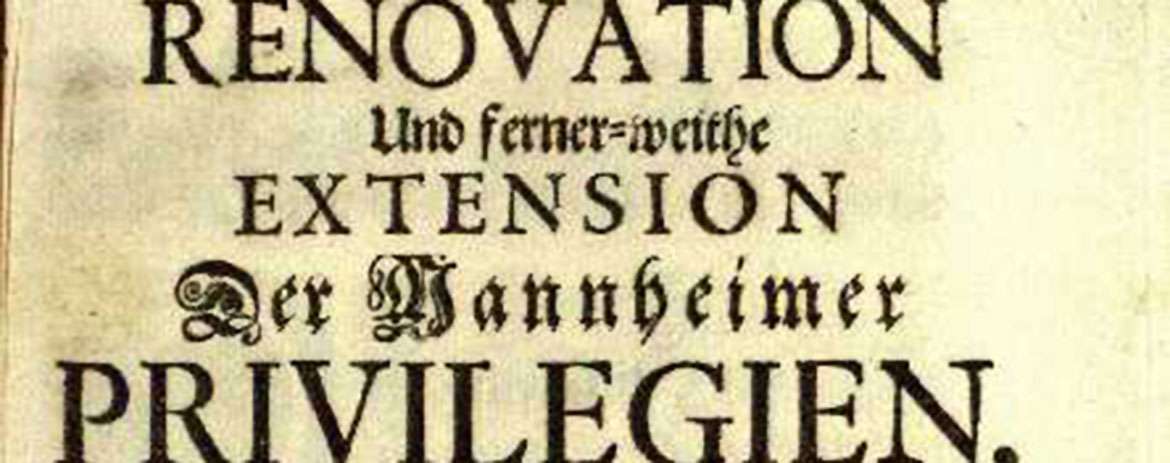
Laying the foundation stone for the town hall in F 1.
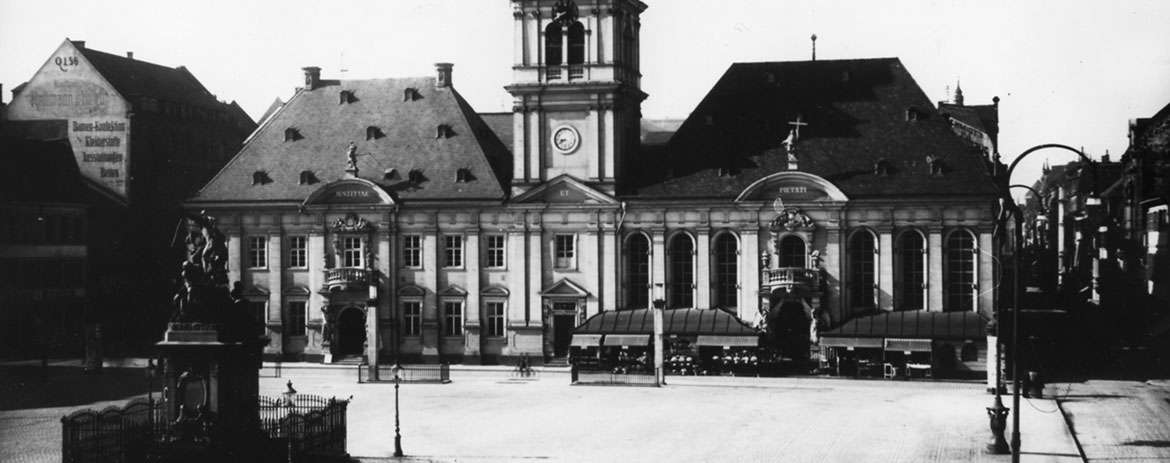
Elector Karl Philipp moves court and state administration from Heidelberg to Mannheim and has the residential palace built (end of construction in 1760).
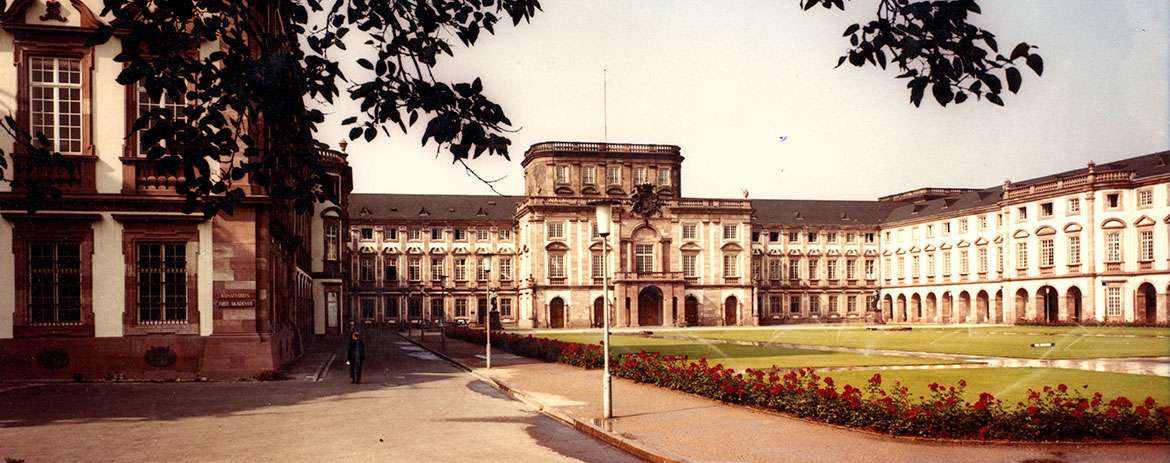
Start of construction of the department store in N 1 on Paradeplatz. It was completed in 1747. During the air raid of September 5 and 6, 1943, it is largely destroyed, and after World War II demolished. A townhouse had stood in its place since 1991.
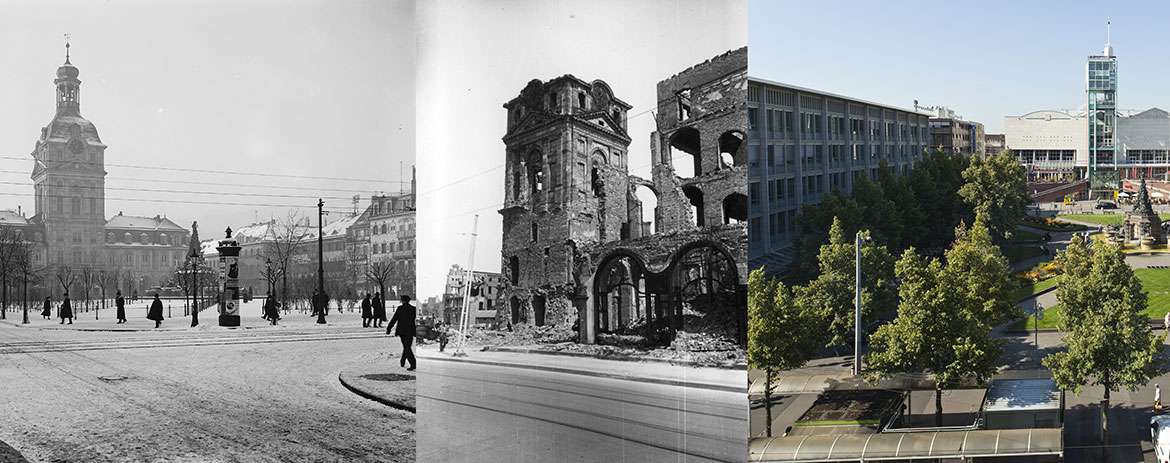
Laying of the foundation stone for the Jesuit Church, the largest baroque church on the Upper Rhine. It is completed in 1760.
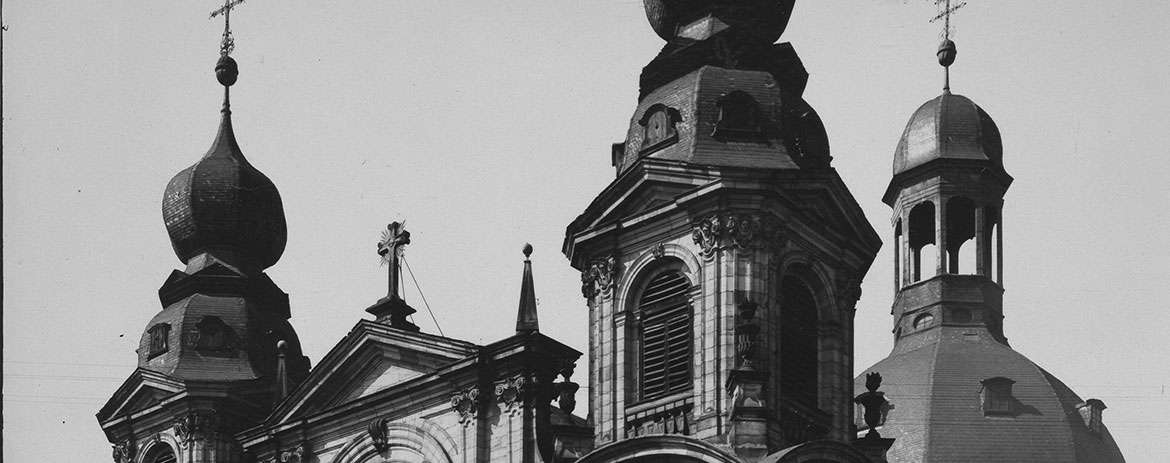
Elector Karl Theodor endows the Electoral Palatinate Academy of Sciences and in 1775 the German Society.
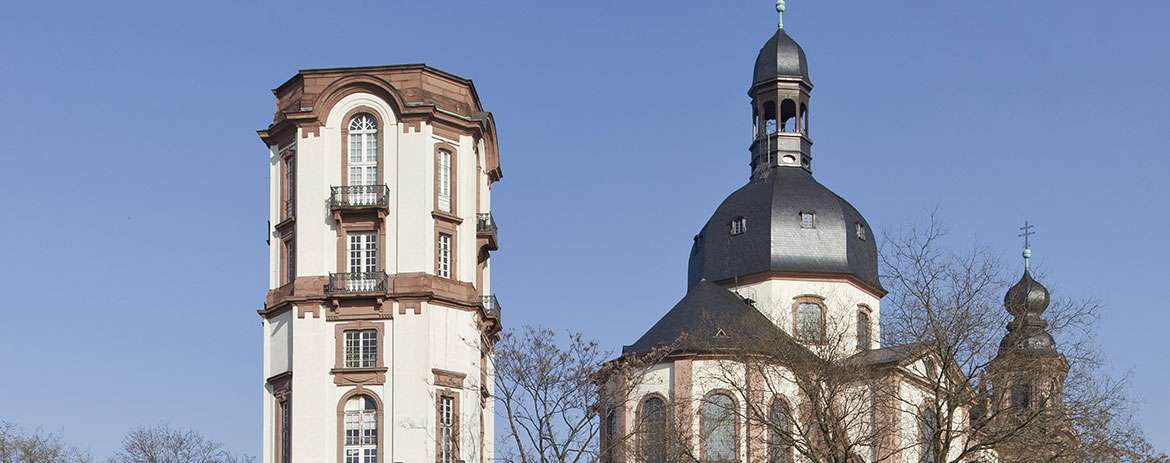
Astronomer Christian Meyer moves into the new observatory, which from 1820 becomes the starting point for surveying ("triangulation") of the Grand Duchy of Baden.
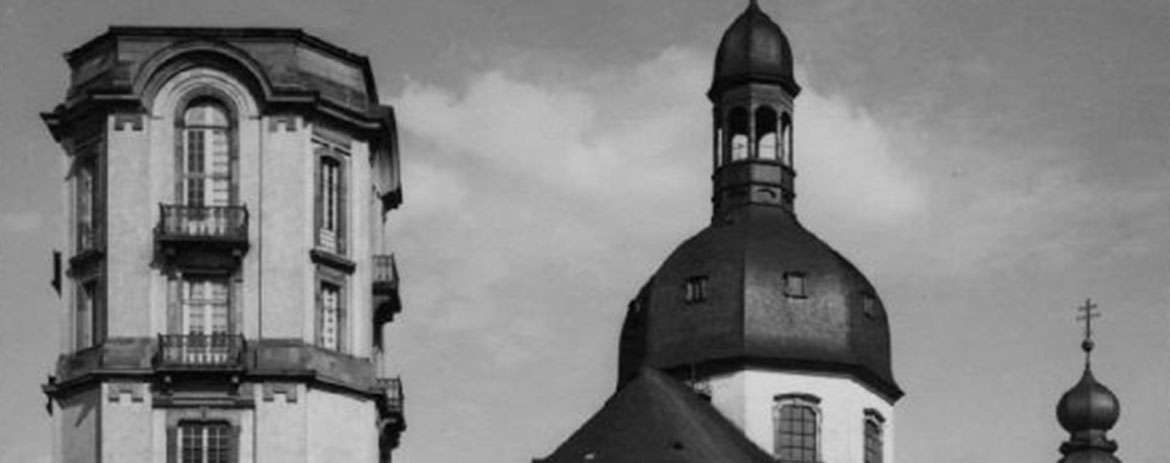
In order to be able to take up the Bavarian inheritance, Elector Karl Theodor moves his residence from Mannheim to Munich. Baron Wolfgang Heribert von Dalberg is entrusted with the direction of the National Theatre which the Elector has established in the former armoury.
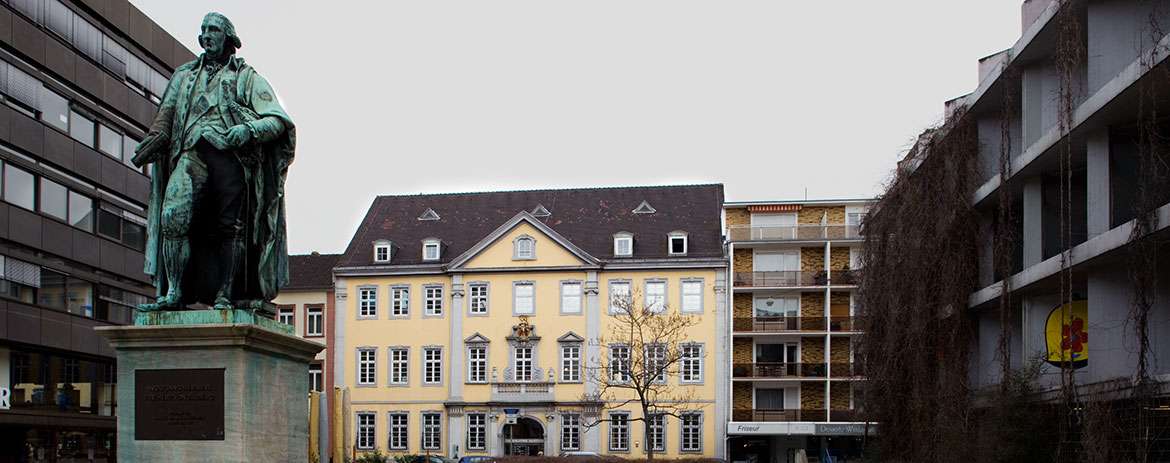
Friedrich Schiller's juvenile work "Die Räumer" is premiered in the presence of the poet at the National Theatre.
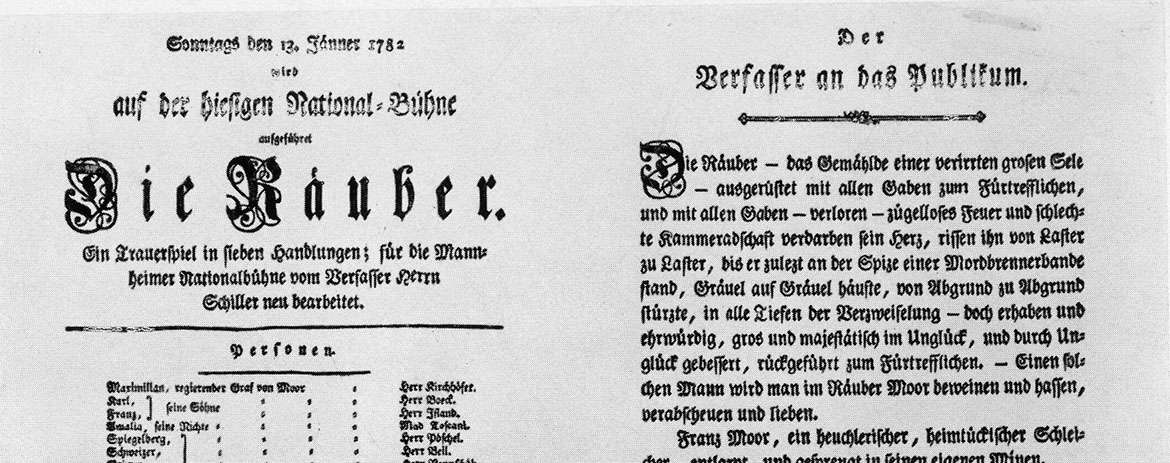
Mannheim is occupied by the French during the Coalition Wars; when recaptured by Austrian troops, the city suffers severe destruction from artillery fire.
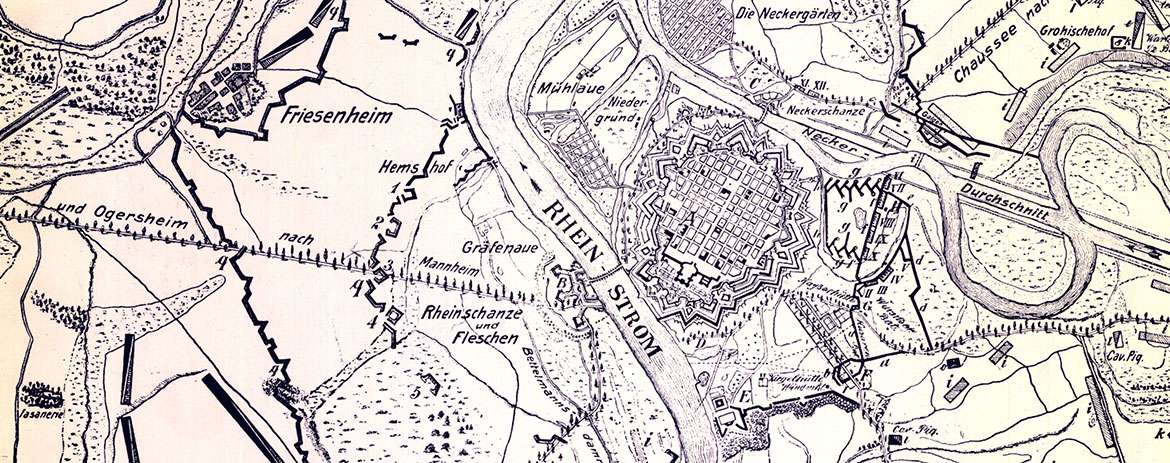
The fortifications are razed, and the vacated land around the city is relaid as an extension of the square structure until 1821.
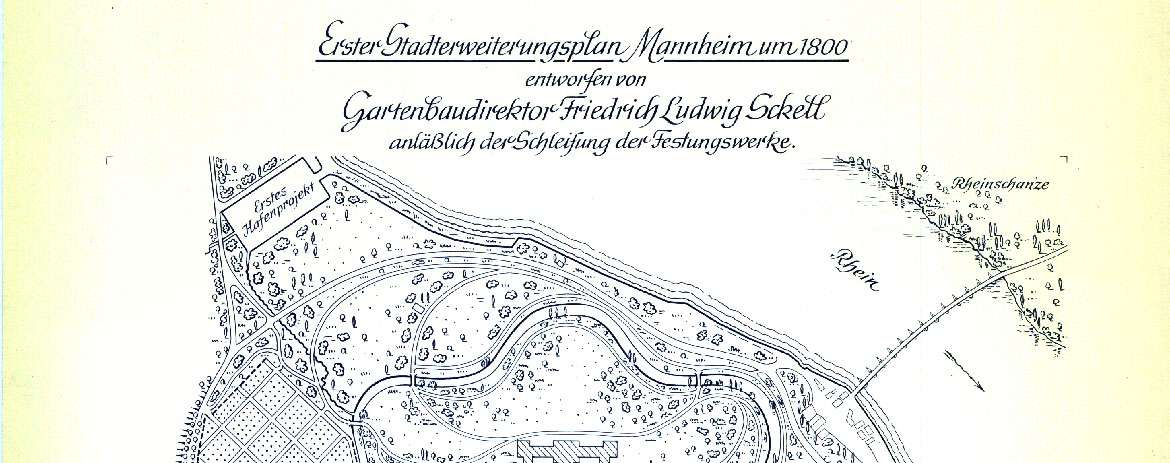
Mannheim falls to Baden.
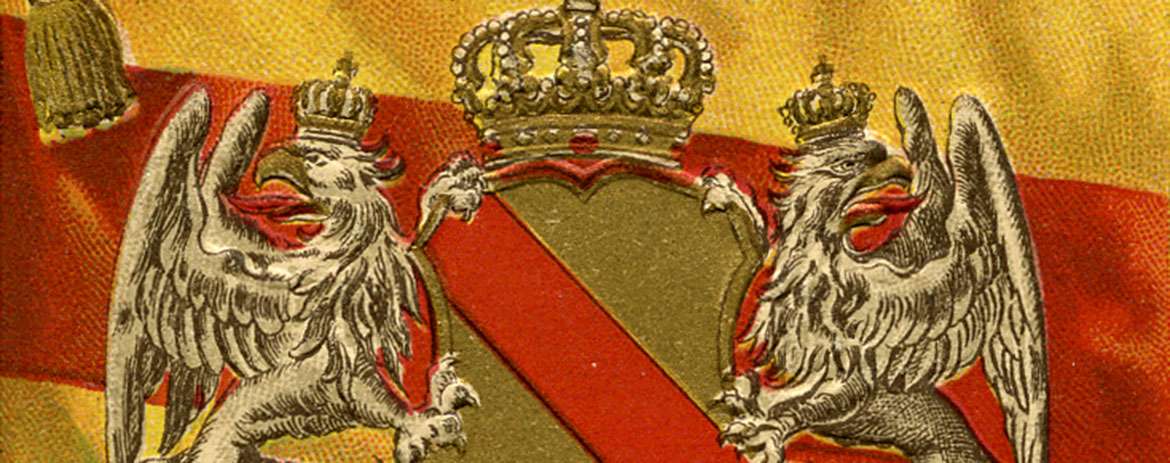
Karl Drais undertakes on June 12 with his running machine (precursor of the bicycle) the first trip from Mannheim to the relay house on the Schwetzinger Chaussee (today Rheinau).
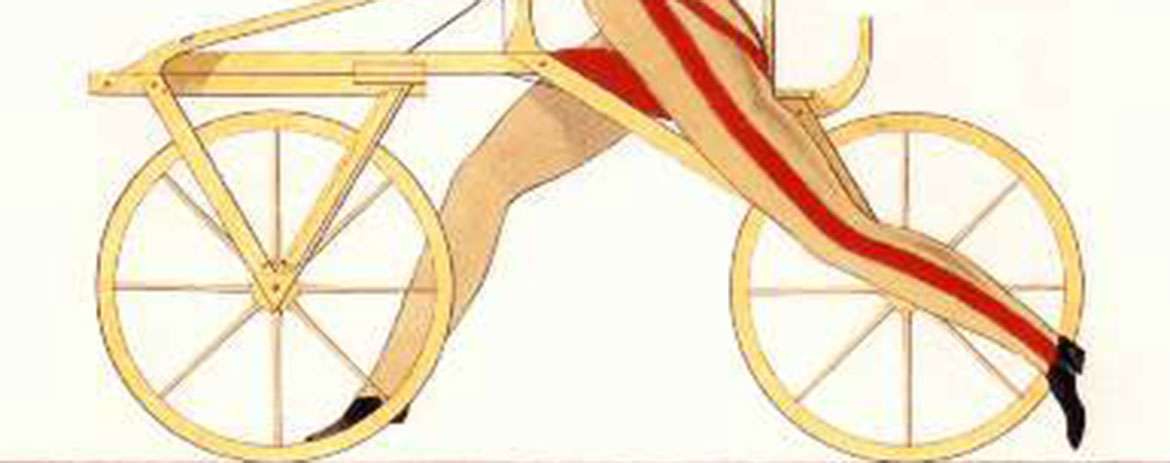
Laying the foundation stone for Mannheim's first harbour, inaugurated in 1840.
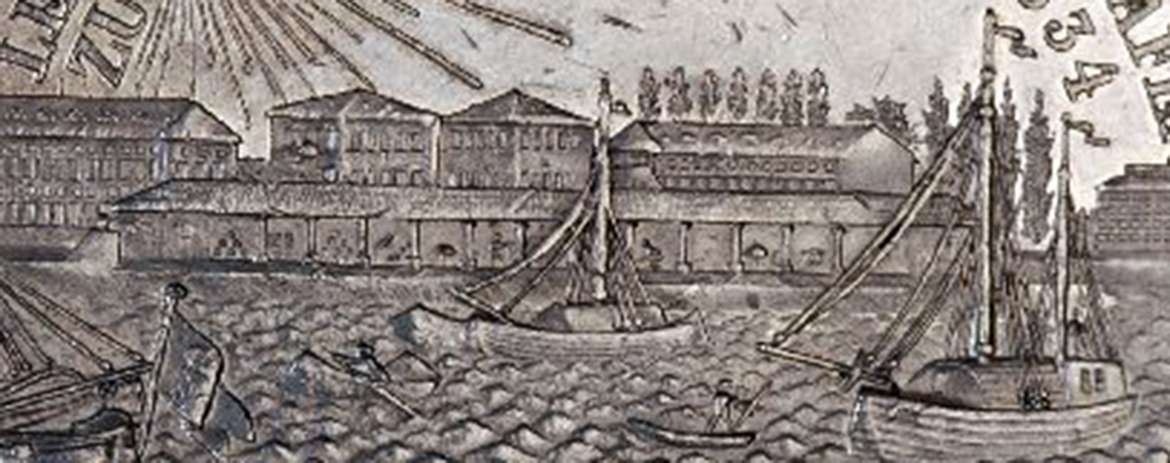
Opening of the first Baden railroad line Mannheim-Heidelberg. The station is located at today's Tattersall.
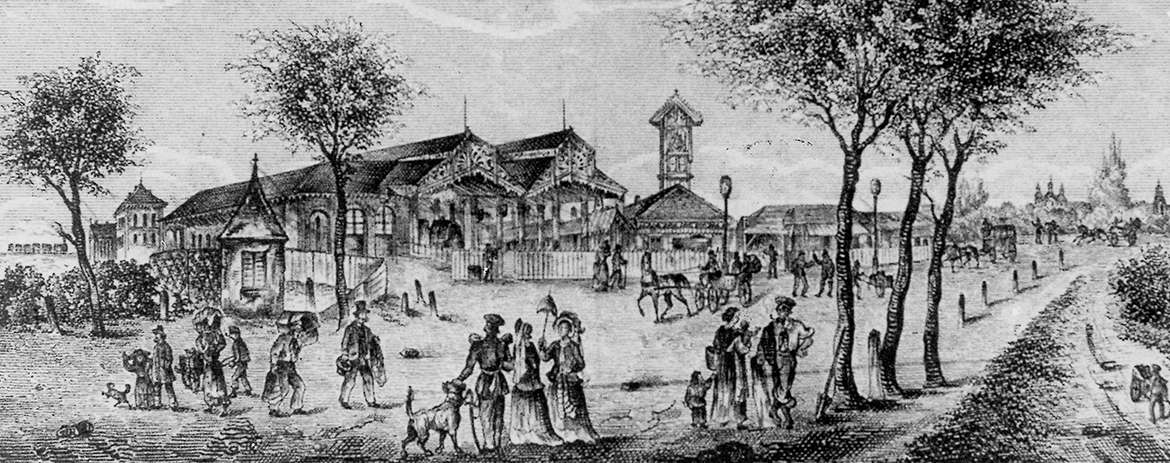
Inauguration of the Chain Bridge as the first fixed crossing of the Neckar. Expansion of the first port of Mannheim. In 1891, the Kettenbrücke is replaced by the Friedrichsbrücke, forerunner of today's Kurpfalzbrücke.
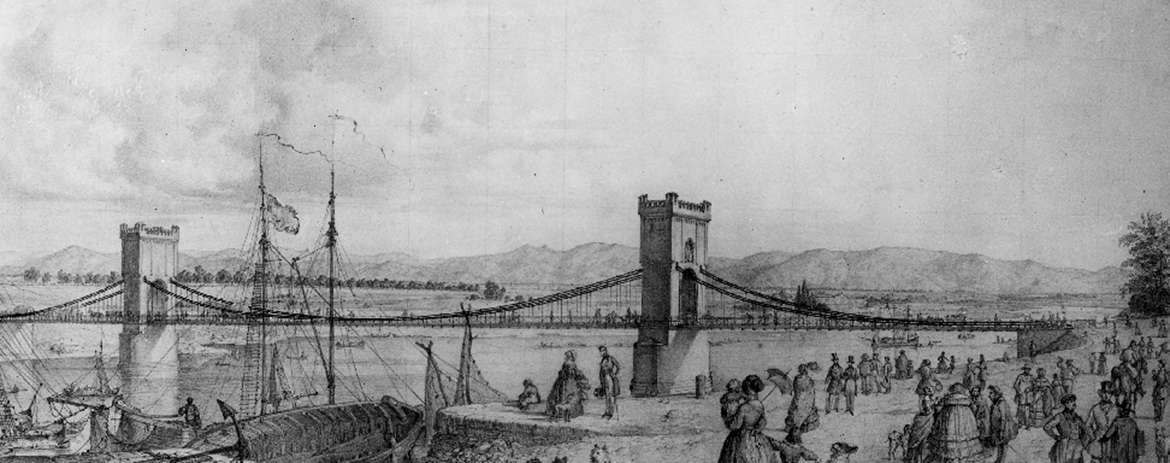
Mannheim is the centre of the Baden Revolution, which is bloodily put down.
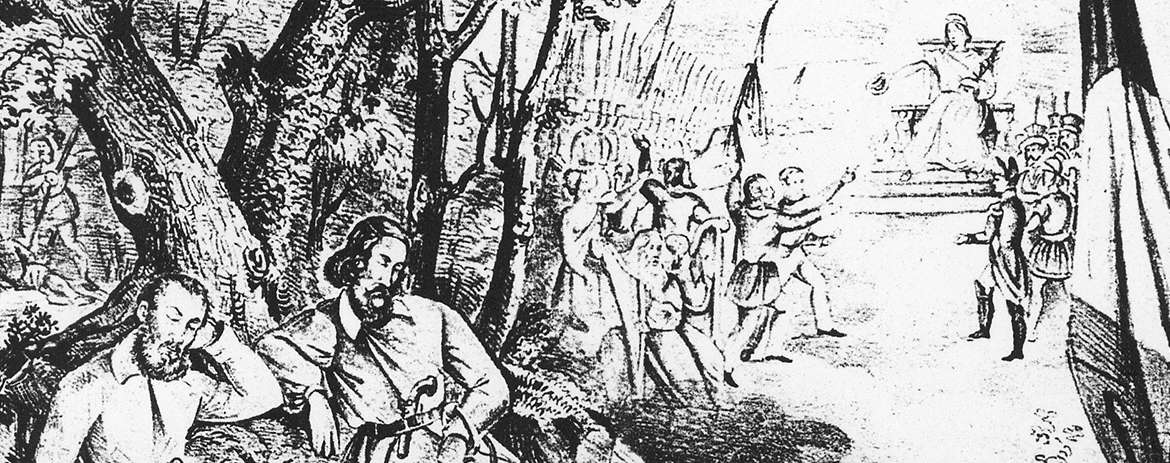
The Chamber of Commerce decides to establish a produce exchange.
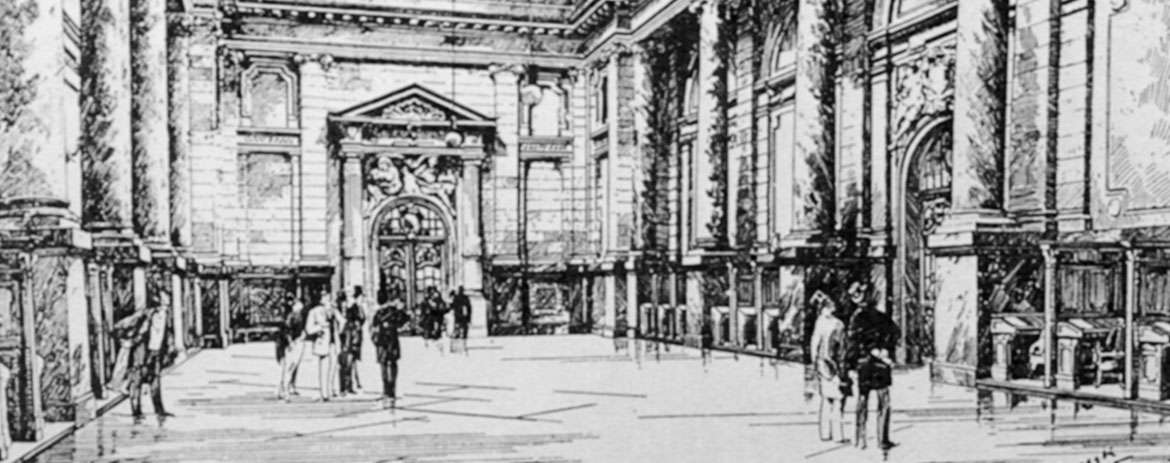
The Rhine bridge for rail traffic is opened.
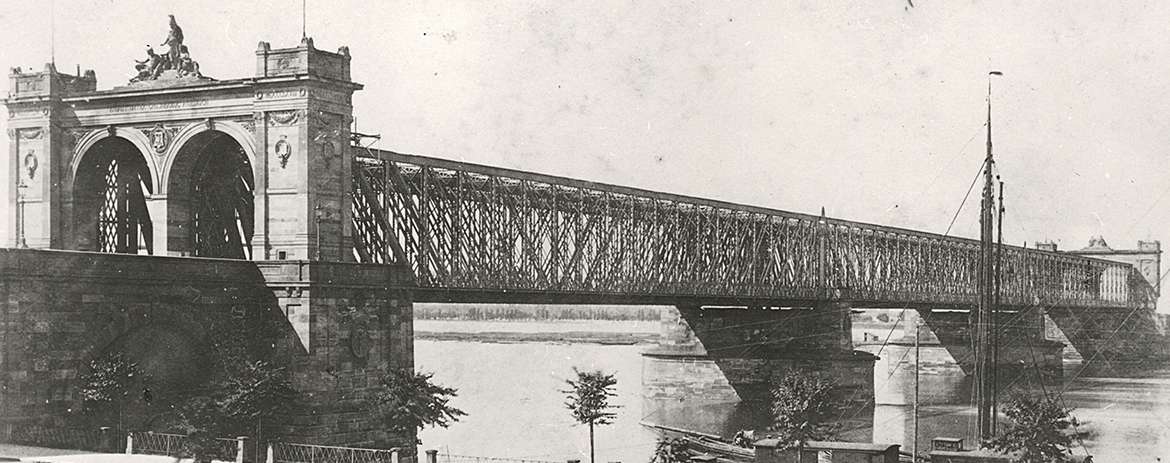
Signing of the revised Rhine Navigation Act, the so-called Mannheim Act, in the castle. To this day, it forms the legal basis for free navigation of the Rhine.
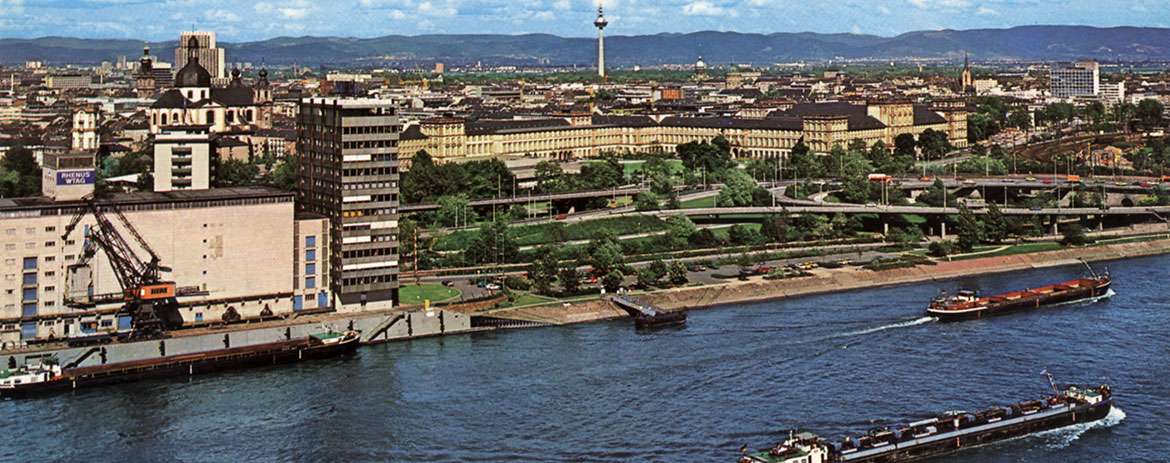
Opening of the Mühlauhafen.
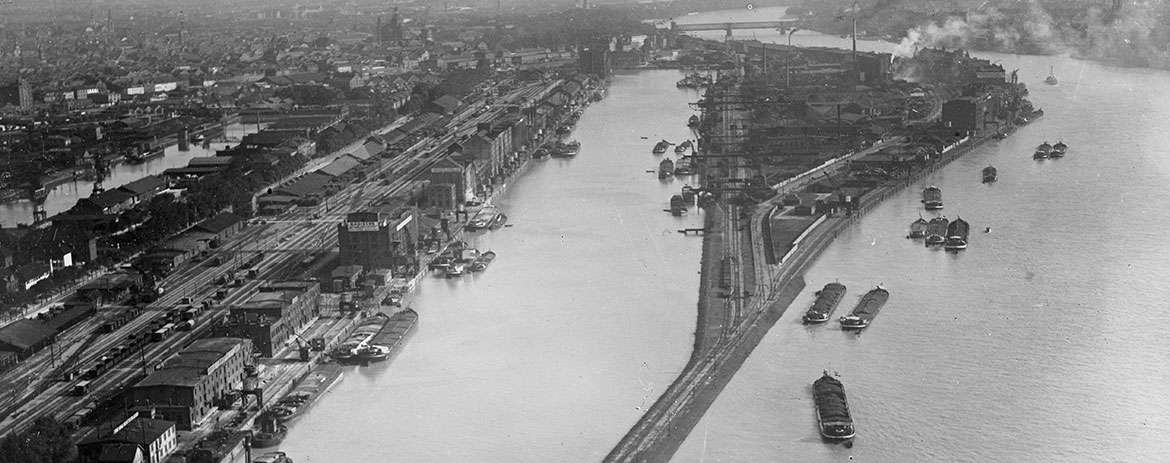
The main station, which still exists today, is put into operation.
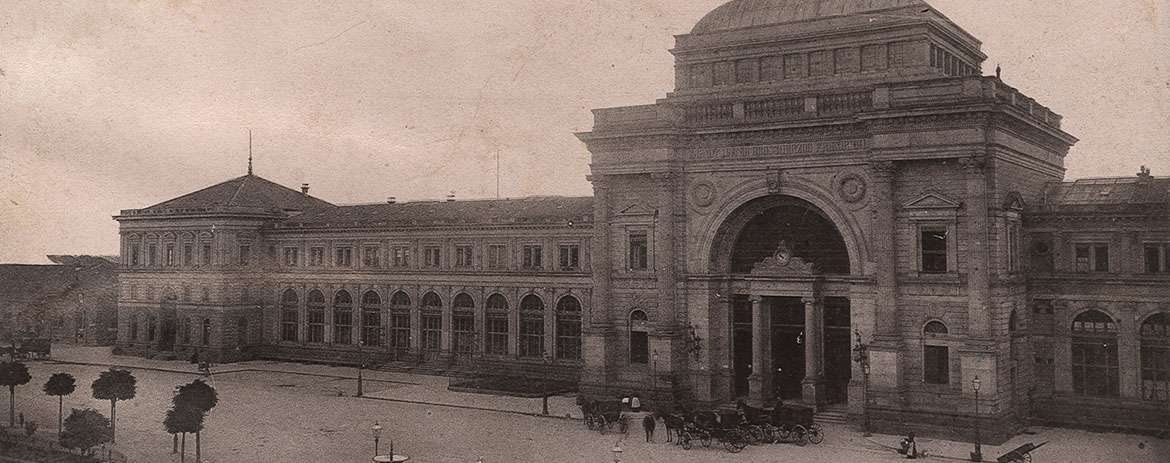
Carl Benz, who has been running a factory for gas engines in Mannheim since 1883, has his "vehicle with gas engine operation" patented and makes a first test drive on July 3: the birth of the automobile. Two years later, Bertha Benz undertakes the first "overland journey" to Pforzheim with the "Patent Motor Car."
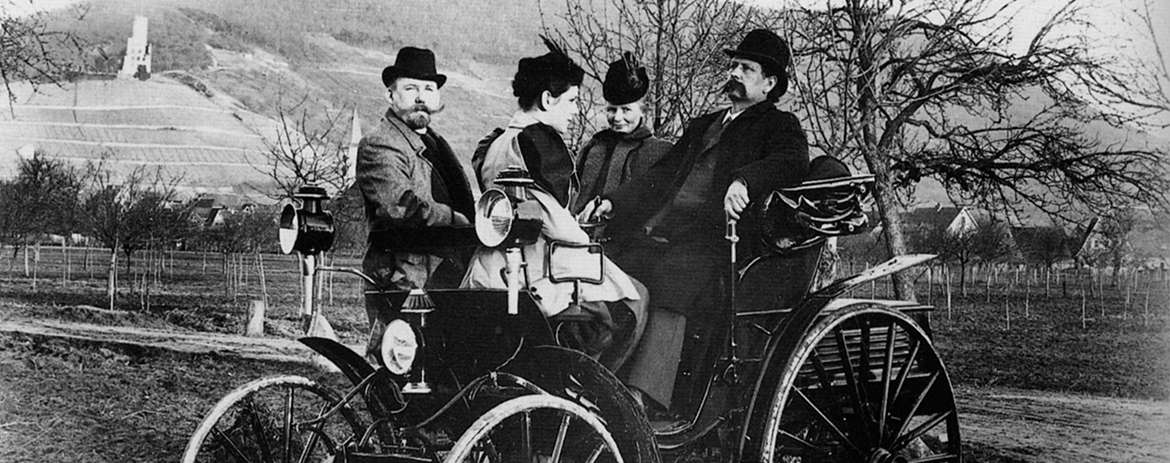
The water tower on Friedrichsplatz, now a landmark of the city, is completed.
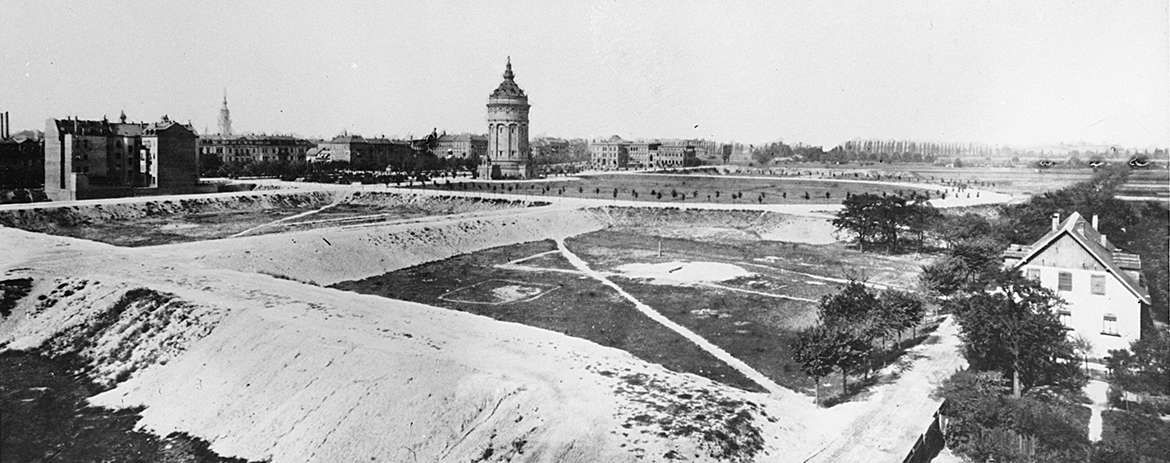
The Luisenpark between Neckar and Oststadt, named after the Grand Duchess of Baden, is opened for public use.
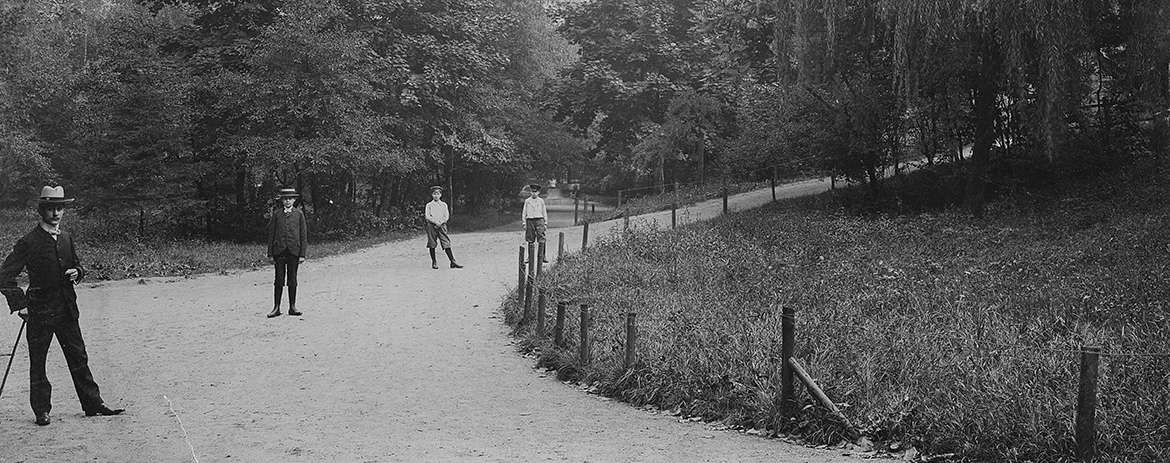
The city acquires Friesenheim Island from Sandhofen and begins the construction of the industrial harbour.
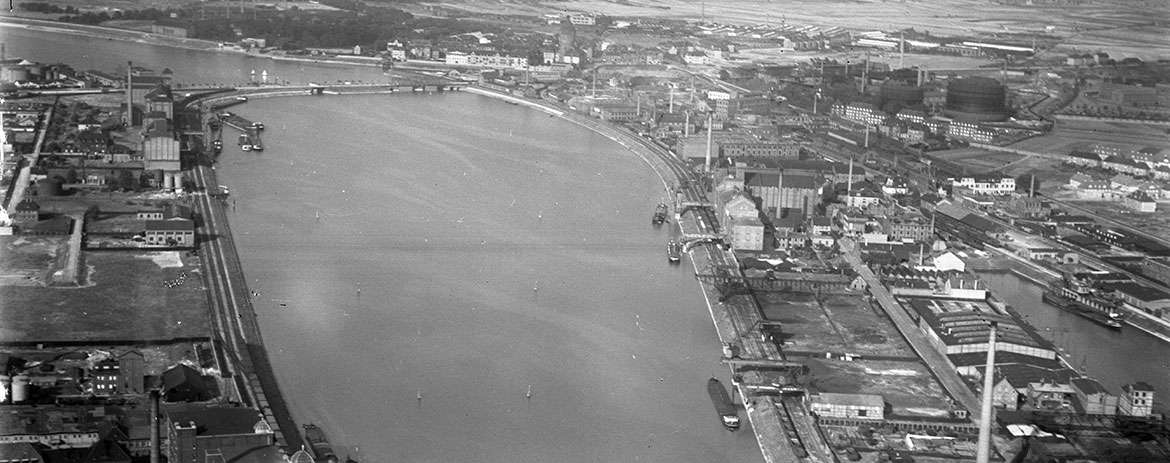
With the incorporation of Käfertal, the industrial area of Waldhof is included in the city. Mannheim now has a population of over 100,000, making it a major city. By 1913, Neckarau (1899), Feudenheim (1910), Sandhofen and Rheinau (1913) were also brought into the city. Finally, the incorporations of Wallstadt (1929), Friedrichsfeld (1930) and Seckenheim (1930) complete the period of expansion.
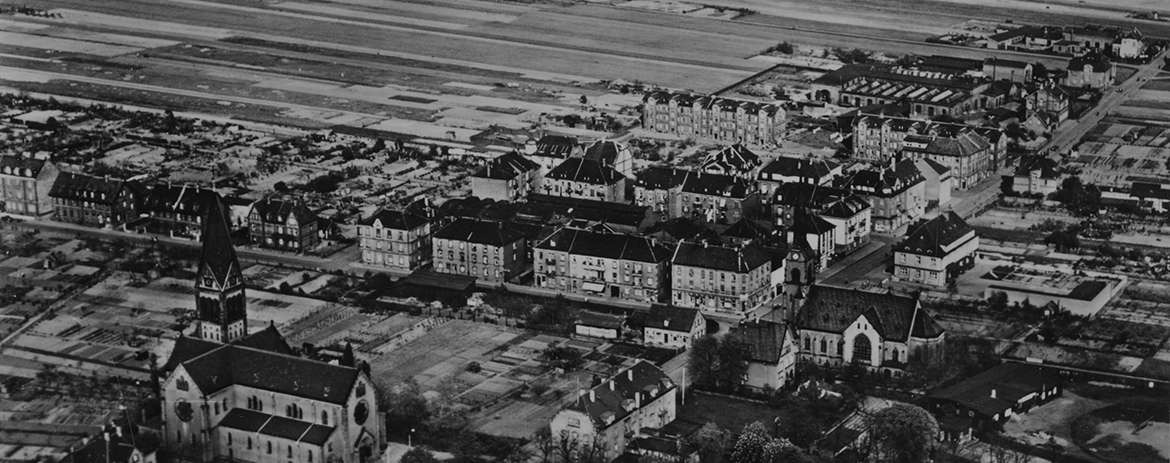
Opening of a private engineering school, from which the state engineering school emerges in 1962. Today, it is Mannheim's University of Applied Sciences.
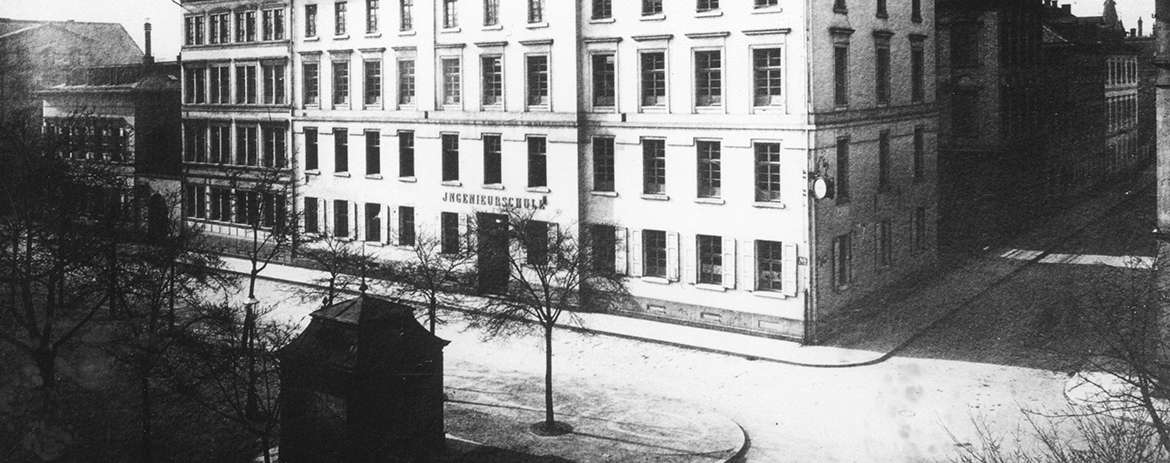
The municipal power station at the industrial harbour begins operation.
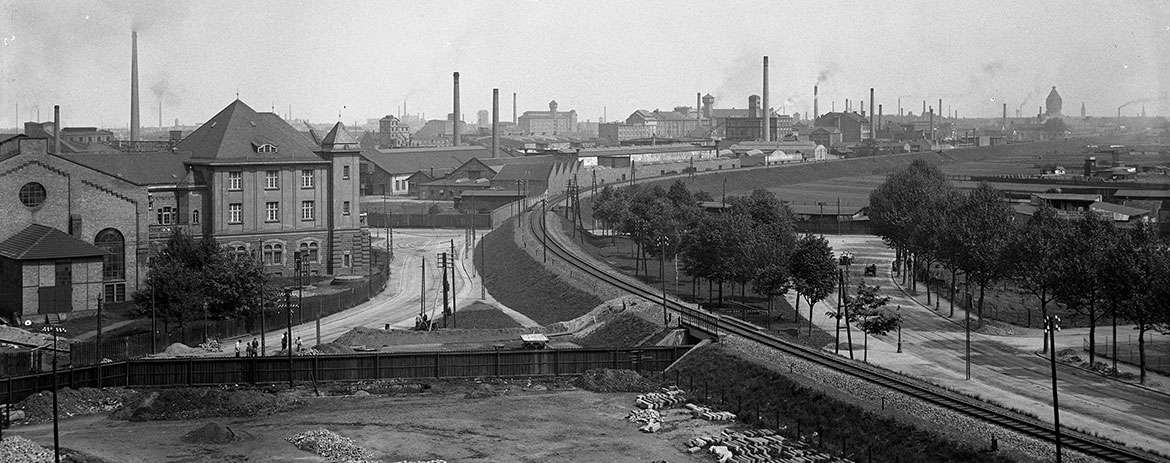
The first electric tram rolls through Mannheim and replaces the horse-drawn tram.
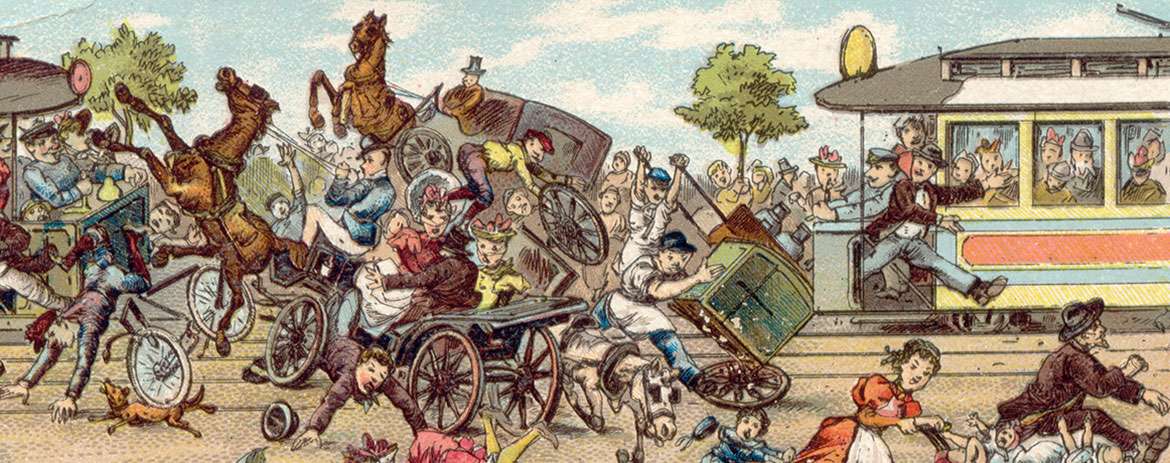
Inauguration of the festival hall Rosengarten on Friedrichsplatz.
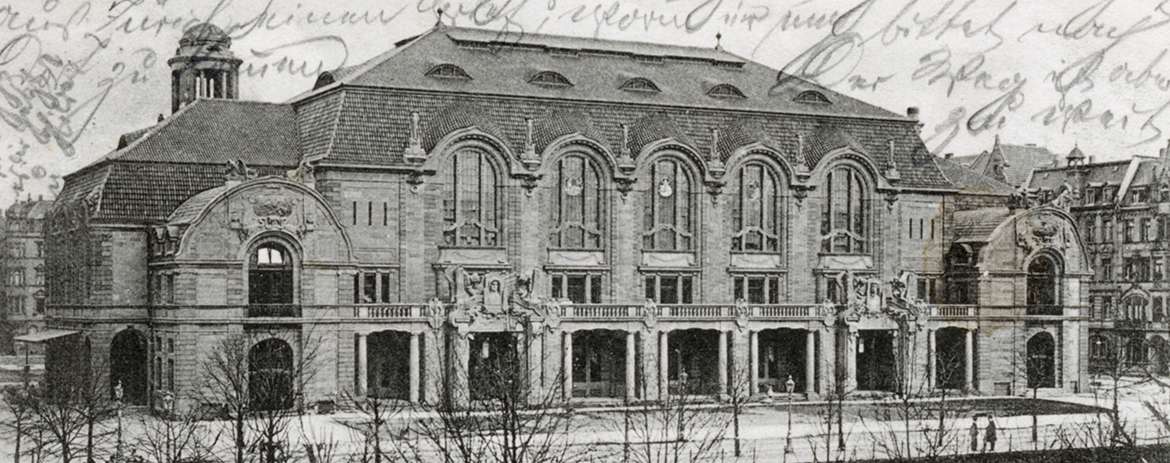
The commercial college starts its teaching activities (ceremonial opening in 1907 on the occasion of the city anniversary); from it emerges the business college, which is elevated to university status in 1967.
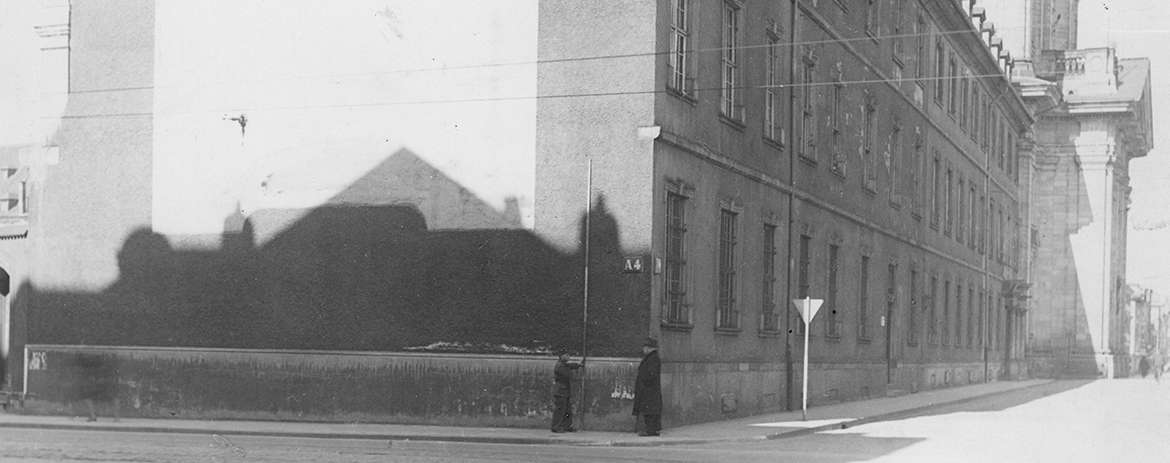
Mannheim celebrates its 300-year city anniversary with, among other things, an "International Art and Great Horticultural Exhibition."
Opening of the Kunsthalle.
Official inauguration of the industrial harbour already in operation.
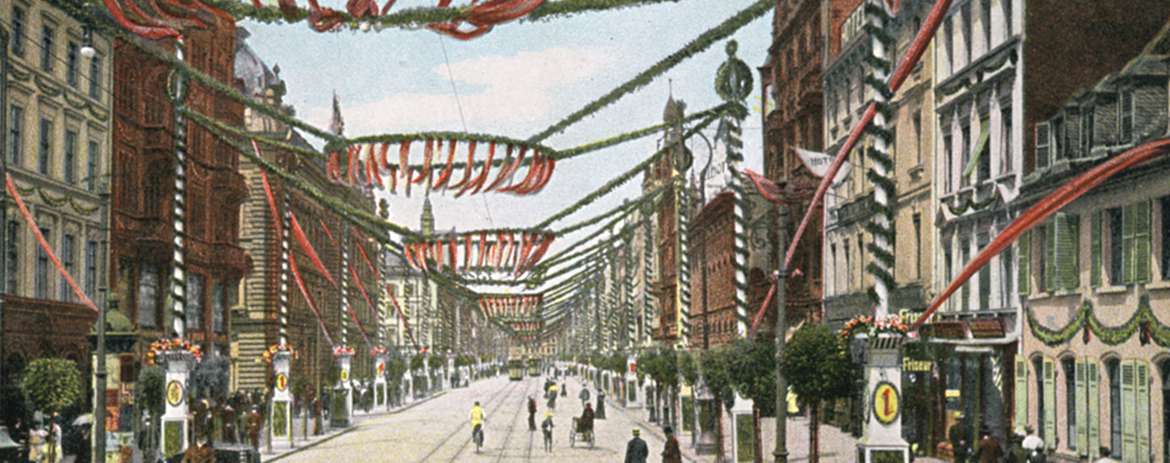
The entrepreneur Karl Lanz and the engineer Johann Schütte sign a contract with the aim of building an airship. On October 17, the airship SL takes off from Rheinau for a test flight.
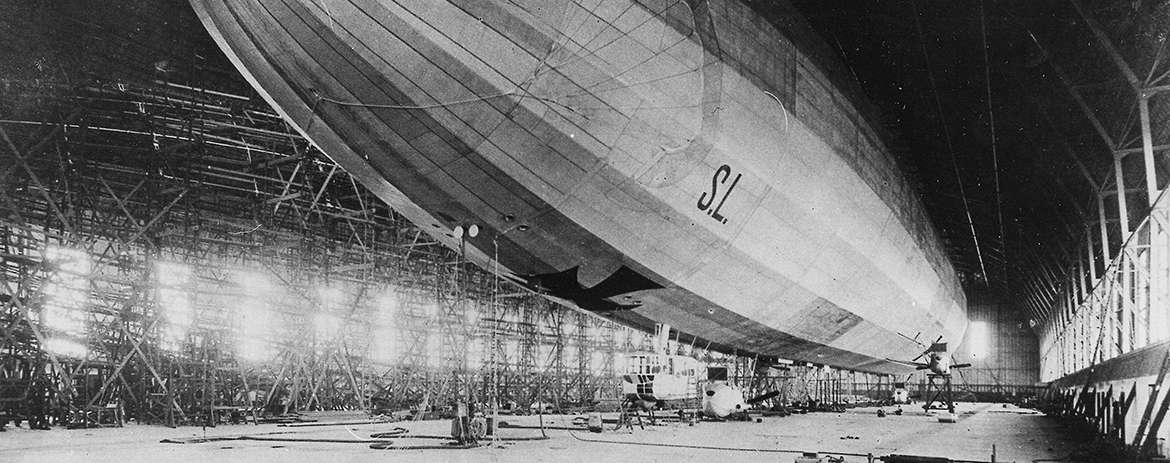
In World War I, 46 air raids are recorded, with 9 people dead and 22 injured.
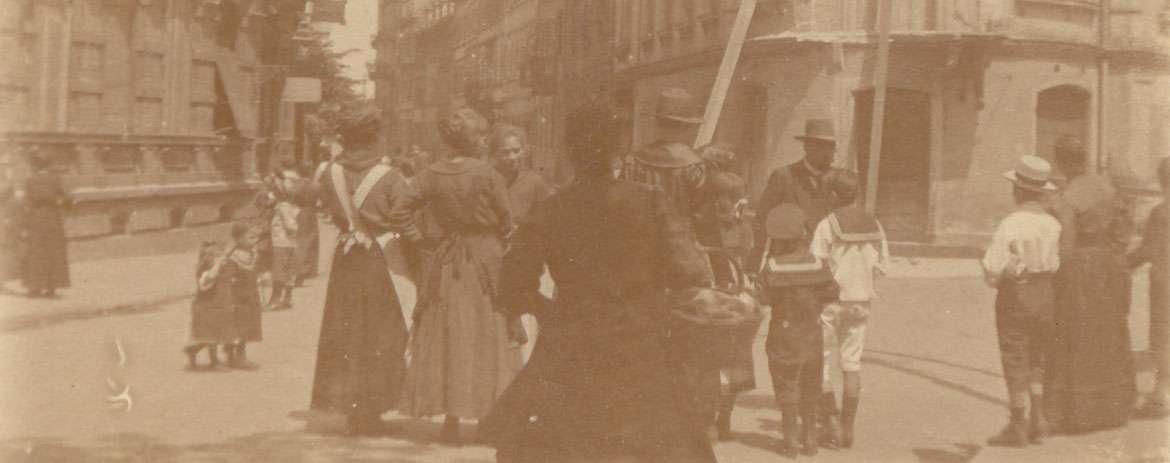
Opening of the indoor swimming pool (today: Herschelbad) in U 3 financed with a foundation of the city council and with the help of merchant Bernhard Herschel. Construction began in 1912.
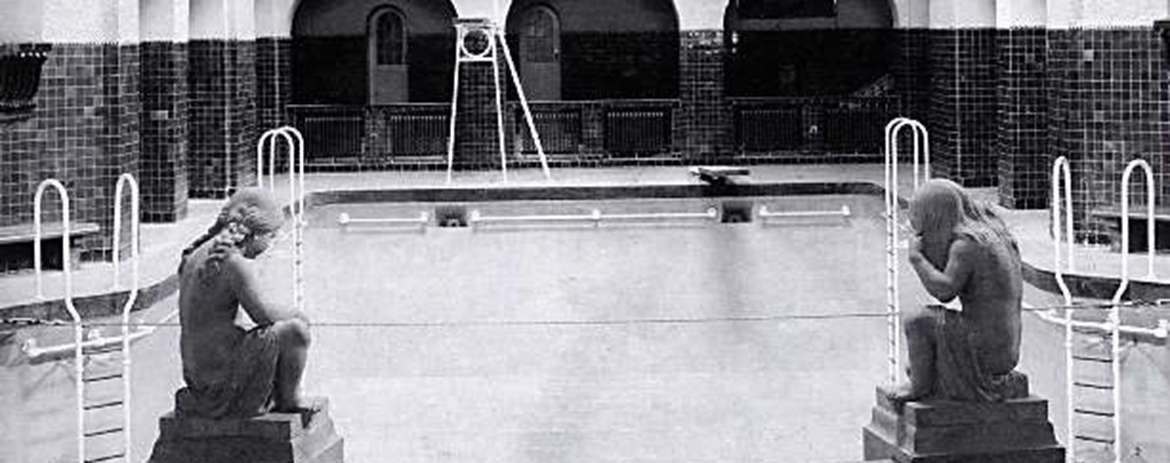
Fritz Huber constructs the first oil tractor at the Lanz company, the so-called Lanz Bulldog.
The Großkraftwerk Mannheim AG is founded.
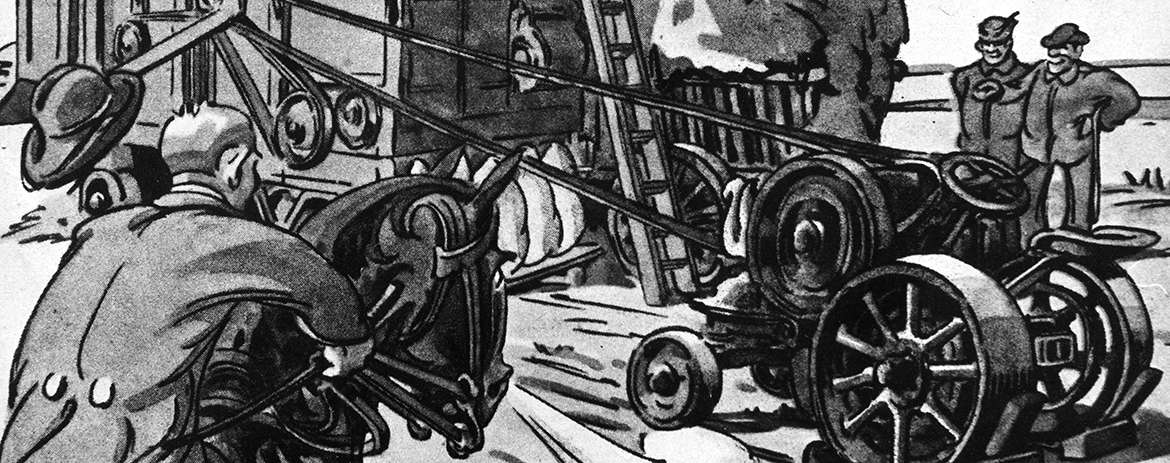
Opening of the Reiß Museum (since 2001 Reiß-Engelhorn Museums) in the former armoury in C 5.
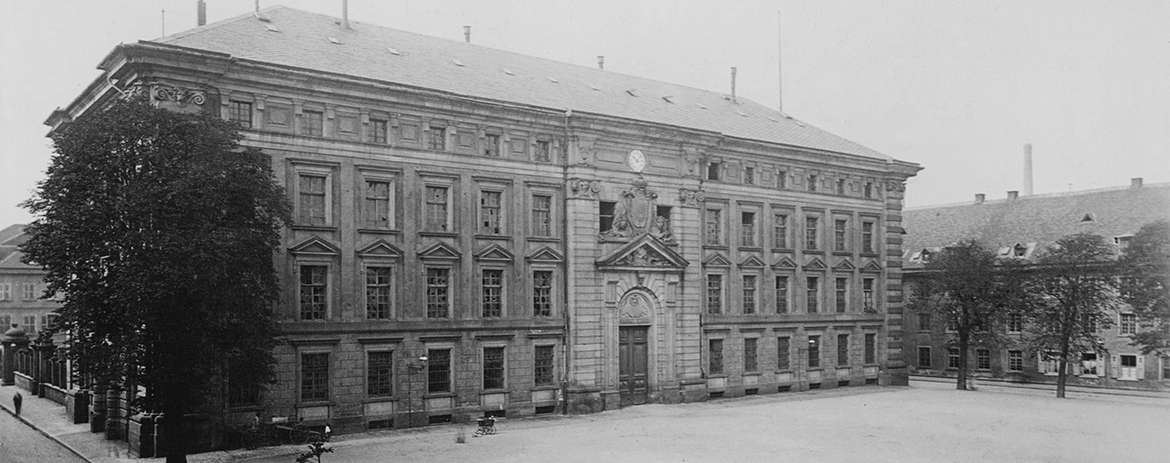
Commissioning of the Mannheim-Ludwigshafen-Heidelberg airport near Neuostheim.
Mannheim's population is over 250,000.
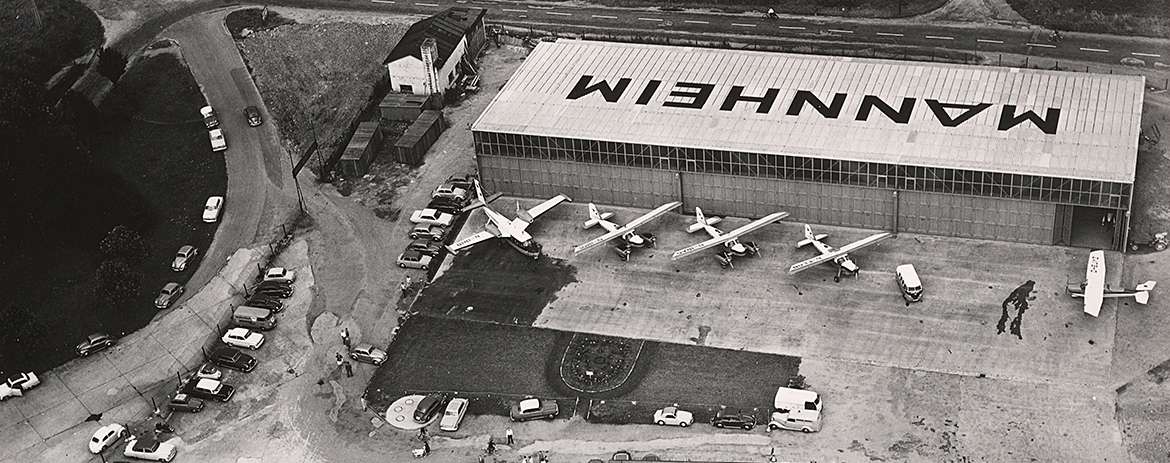
The first municipal planetarium in Germany is inaugurated in Unterer Luisenpark. After its destruction in World War II, a new planetarium is built on Wilhelm-Varnholt-Allee in 1984.
Opening of the Feudenheim lock in the Neckar Canal.
The Rhine beach bath at the Reißinsel starts its operation.
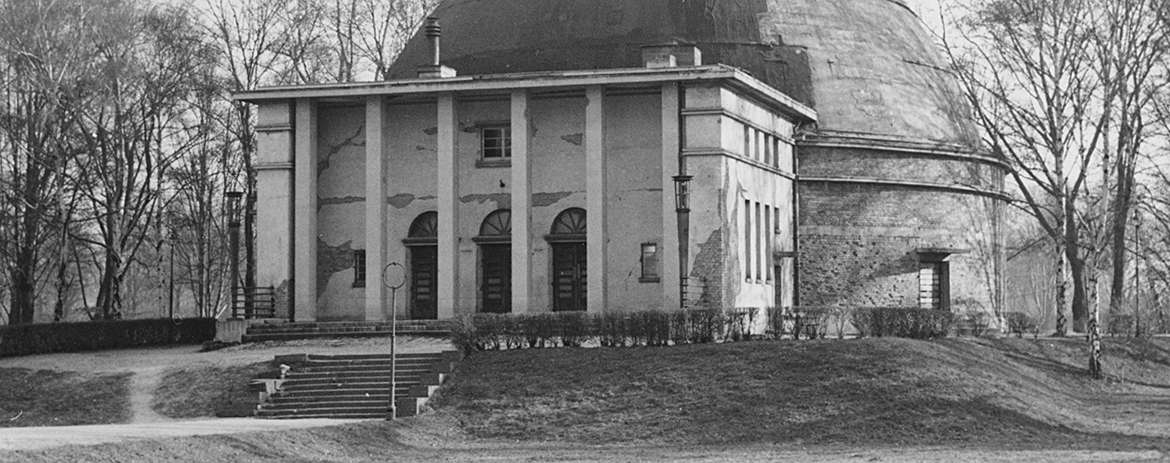
Mannheim is "brought into line" by the National Socialists. Political opponents, Jews and other population groups outlawed by the National Socialists are expelled from their offices, lose their jobs and are violently persecuted.
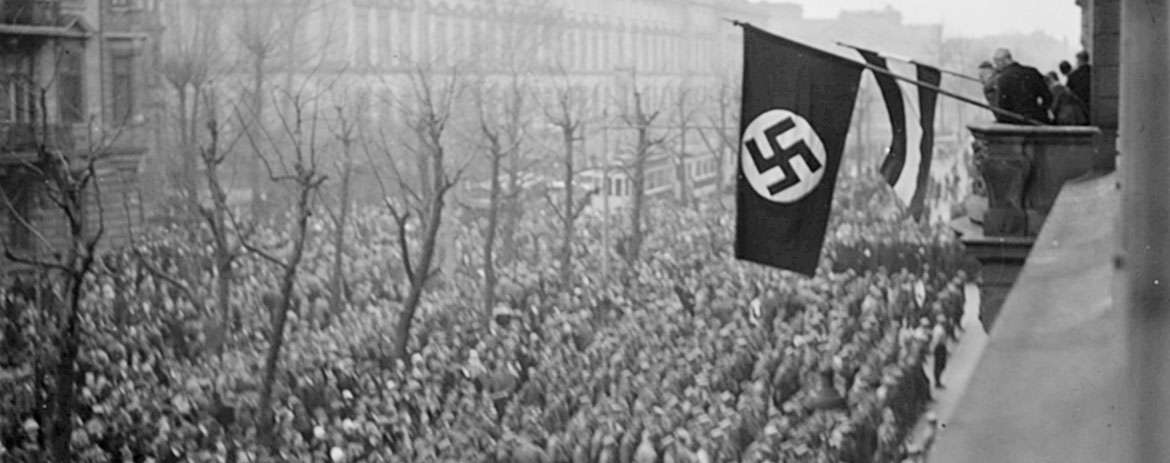
The Reichsautobahn Heidelberg-Mannheim-Darmstadt is handed over to traffic.
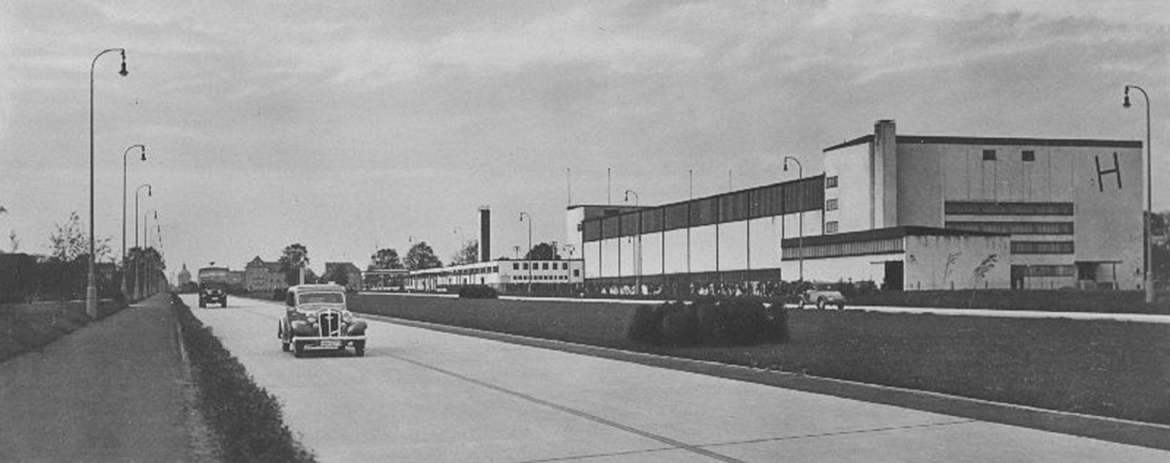
On the night of the pogrom, the synagogue in F 2 is devastated, and other Jewish community institutions as well as Jewish homes and businesses are looted and destroyed.
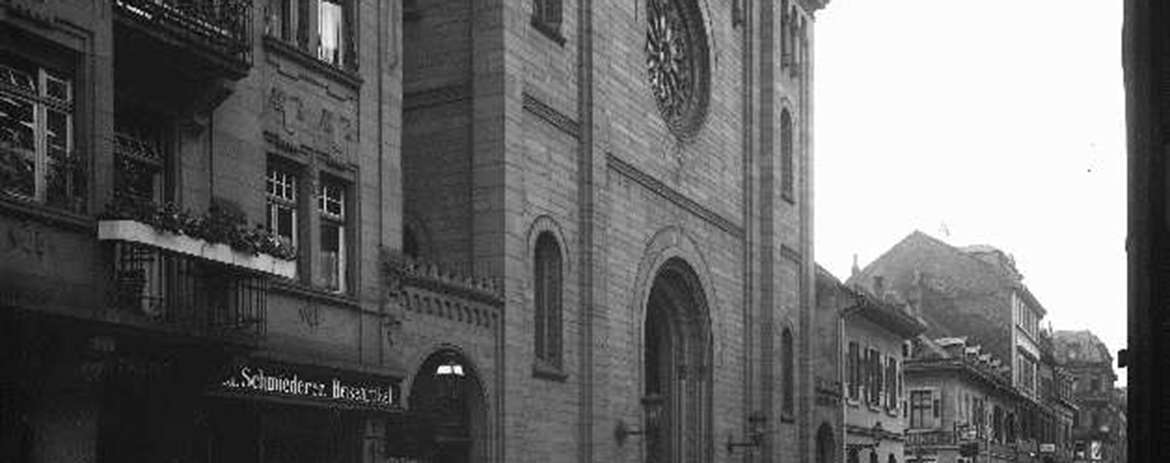
Nearly 2,000 Mannheim Jews are deported to the Gurs internment camp (France), and many are deported from there to the extermination camps in the East and murdered. In total, the Nazi persecution of Jews in Mannheim claims around 2,300 victims known by name.
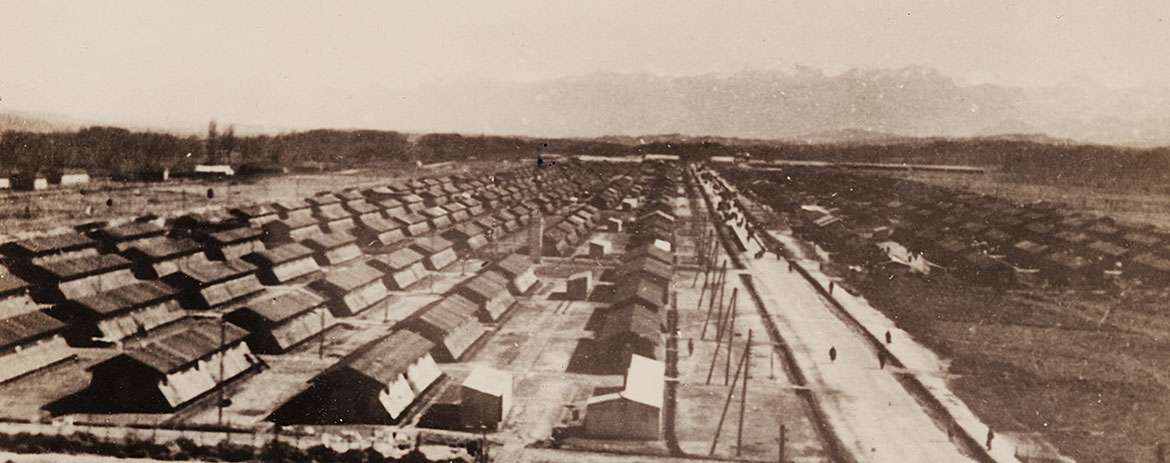
The resistance group around Georg Lechleiter is discovered by the Gestapo; 19 members of those arrested are executed, 3 die in prison.
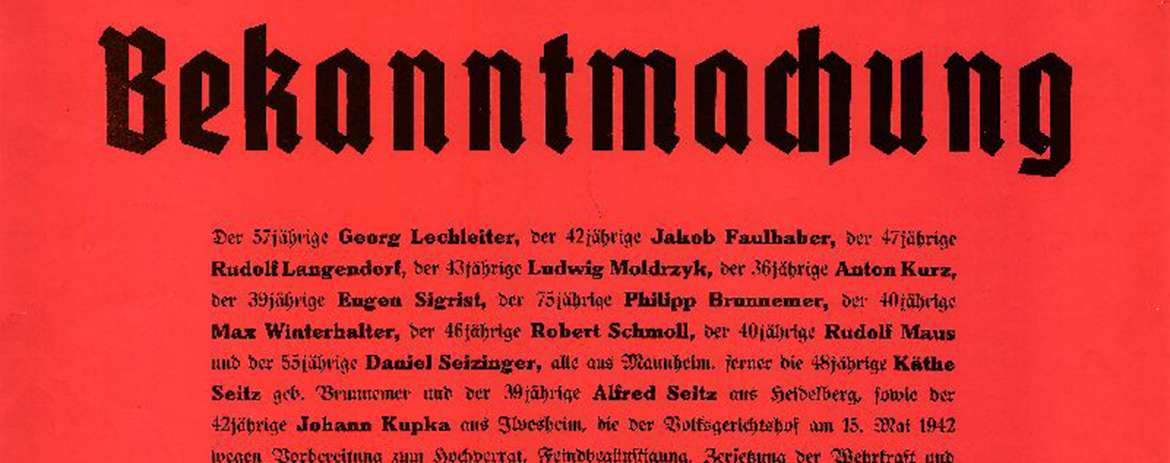
During the heaviest air raid to date on the night of September 5/6, around 6,000 buildings are destroyed, more than a quarter of the population is left homeless, and 414 people are killed. By the end of World War II, the city had suffered 304 air raids, with a destruction rate of 51%. About 2,000 people are killed in the bombings.
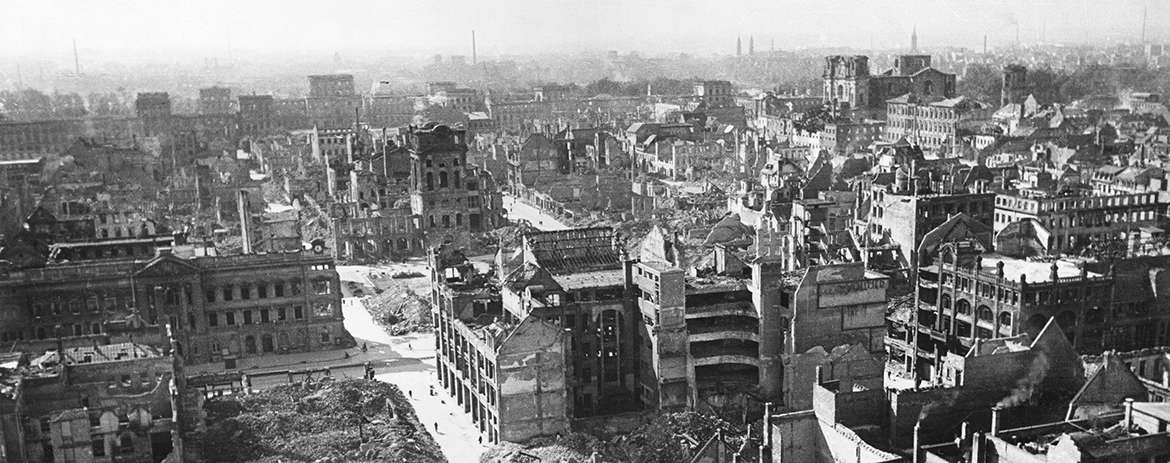
On March 28/29, U.S. troops occupy the city. The American military government appoints Josef Braun as mayor, who holds his post until 1948.
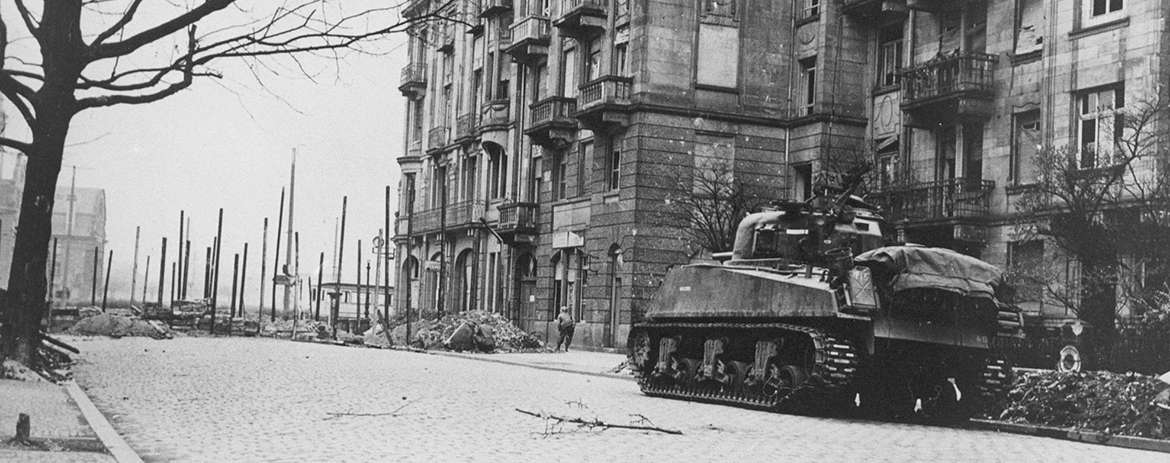
As the first of the bridges blown up by the Wehrmacht in 1945, the Friedrich-Ebert-Brücke over the Neckar is restored.
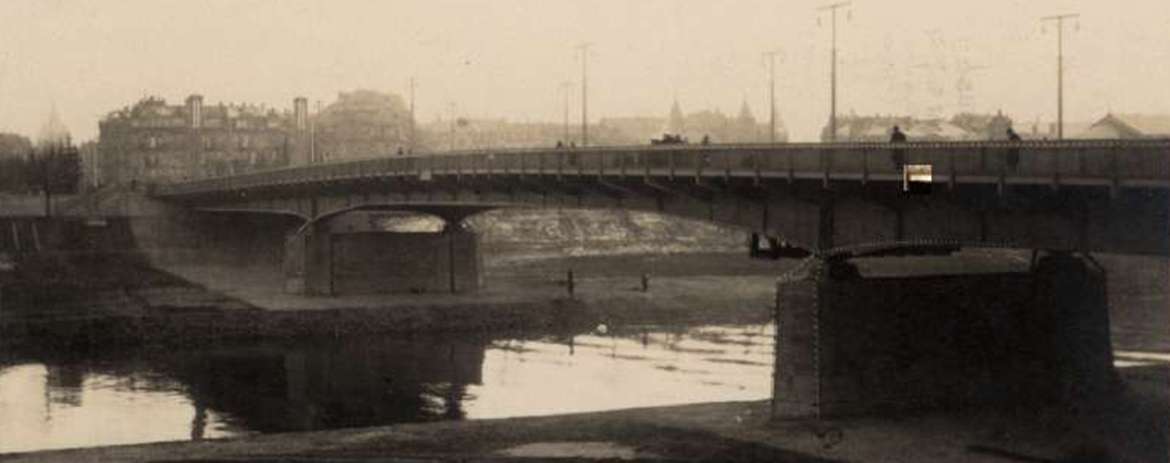
The municipal council adopts a general development plan as the basis for further reconstruction.
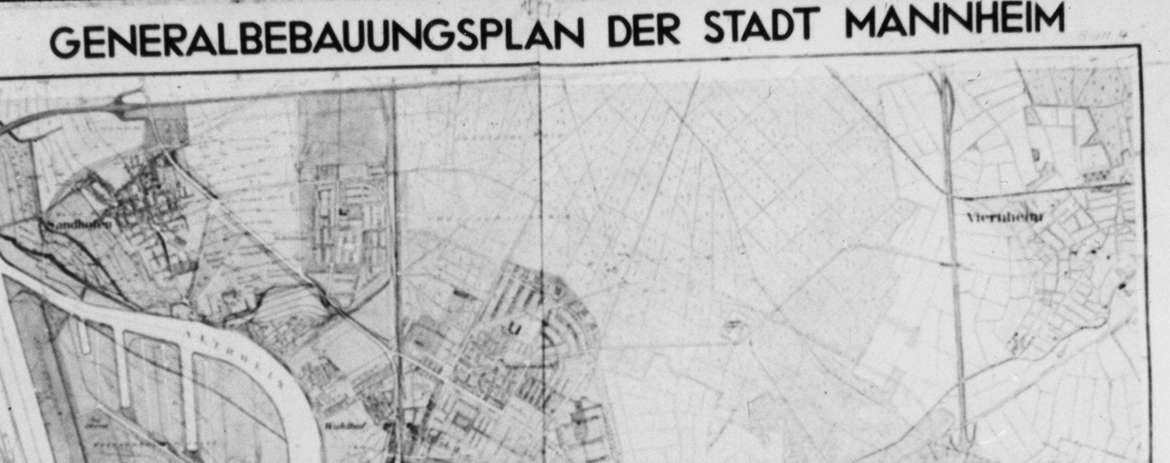
Inauguration of the new National Theatre at Goetheplatz.
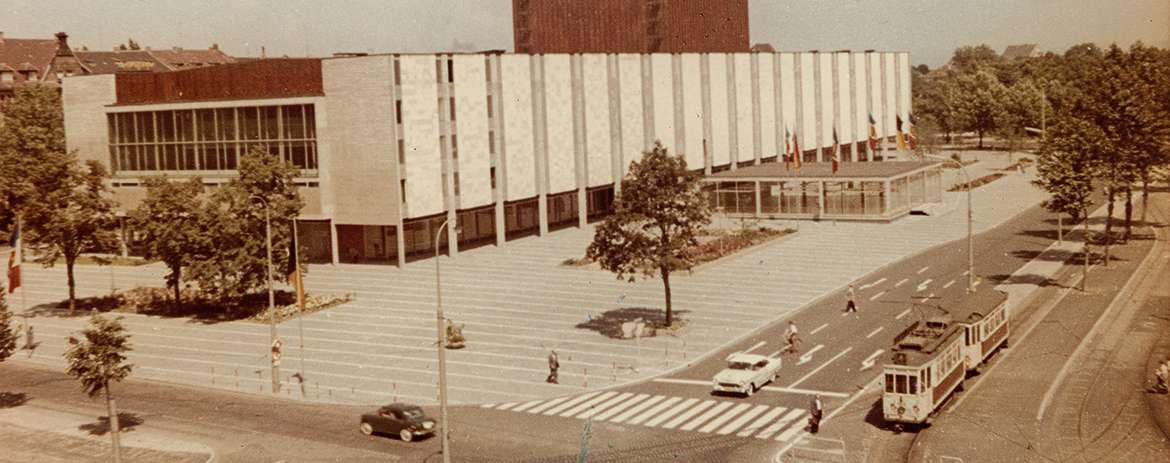
The container terminal in Mühlauhafen will be the first such facility to be commissioned in an inland harbour.
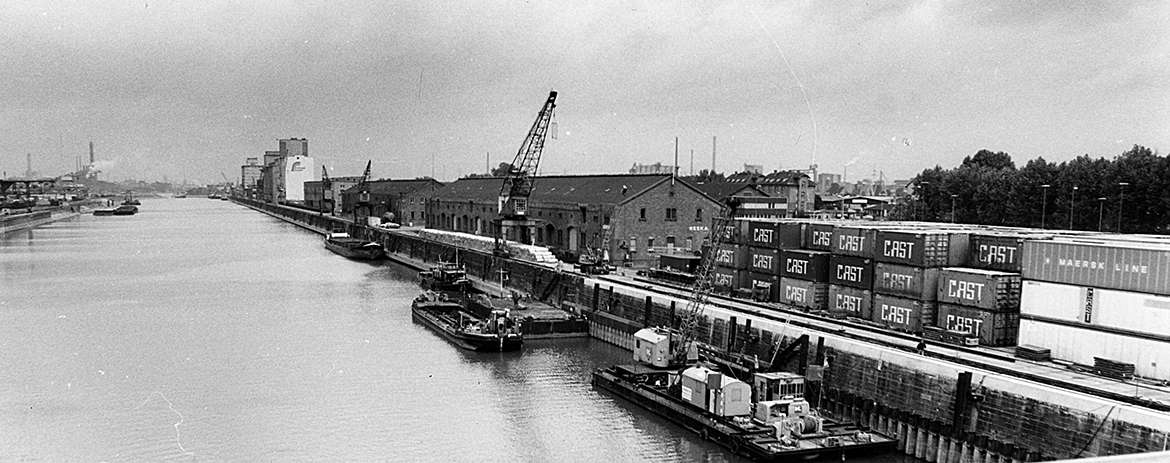
The Kurt-Schumacher-Brücke creates a second Rhine crossing in the city.
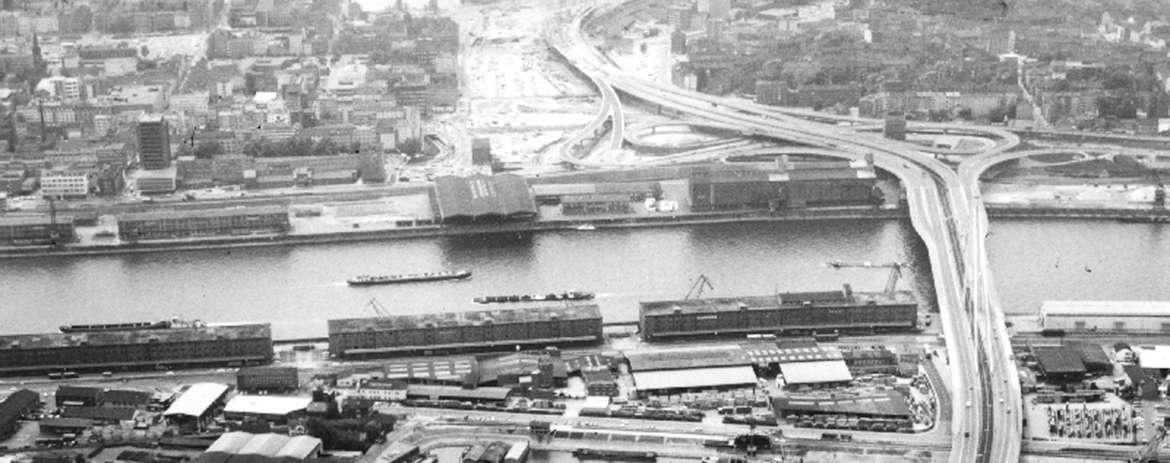
Mannheim is hosting the Federal Horticultural Show in Luisenpark and Herzogenriedpark. For the event, the Planken will be transformed into a pedestrian zone and the telecommunication tower with a revolving restaurant will be built.
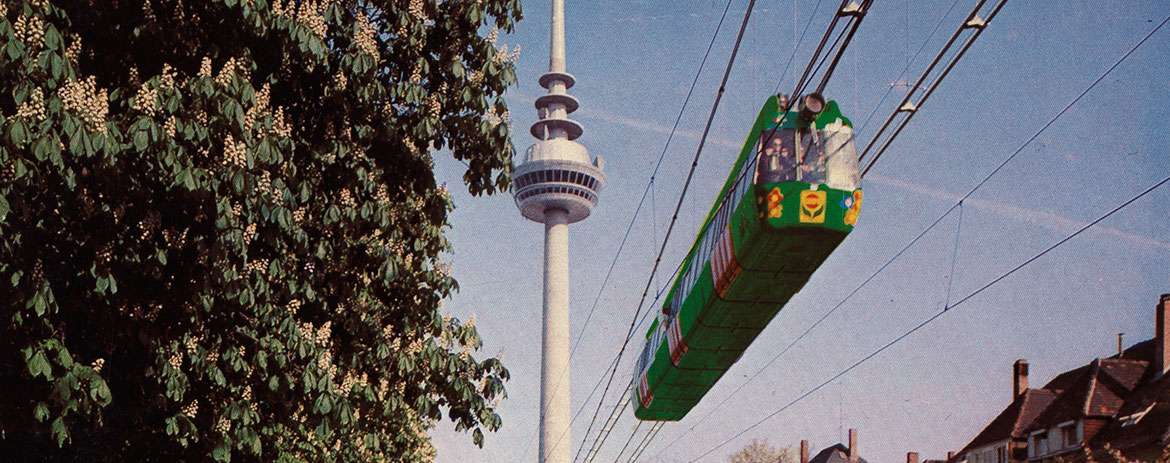
The May Market is held for the first time on the new site in Mühlfeld.
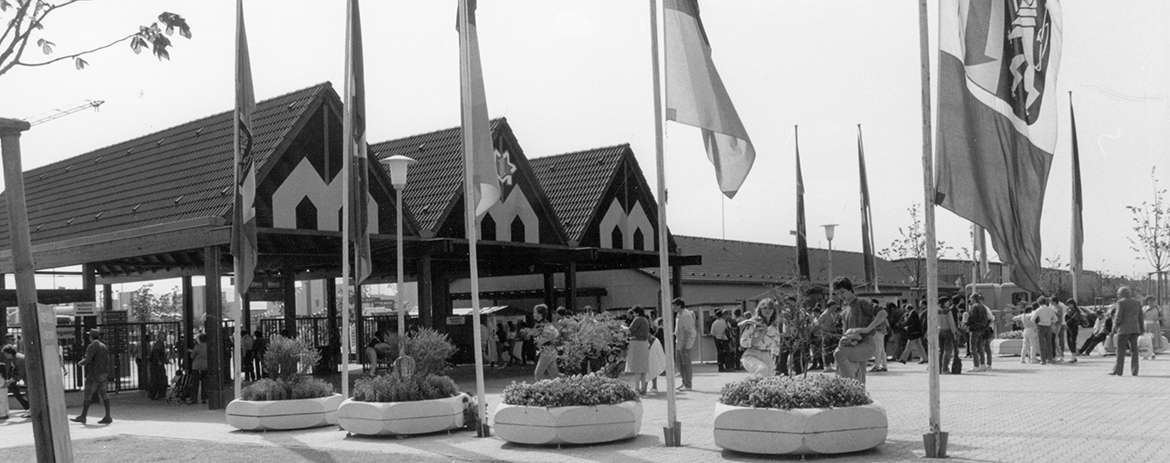
Inauguration of the Jewish community centre and its synagogue in F 3.
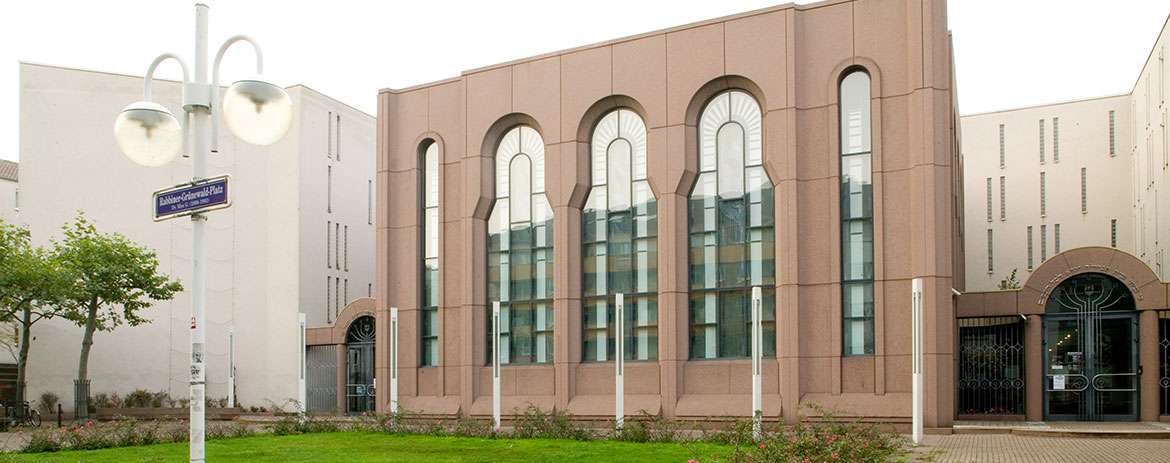
Opening of the State Museum of Technology and Labour, today the so-called Technoseum.
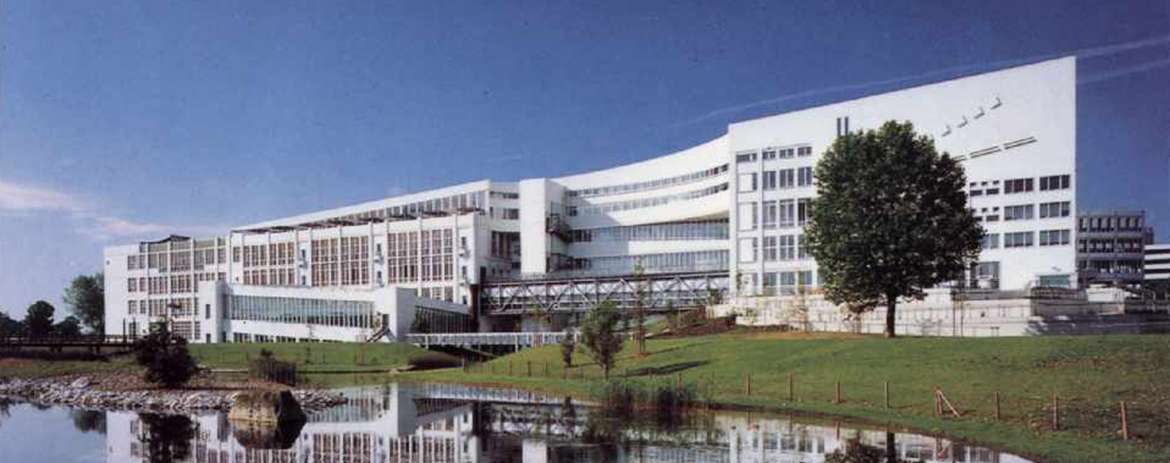
In Jungbusch, the Yavus Sultan Selim Mosque is handed over to its intended purpose.

The Pop Academy Baden-Württemberg is founded.
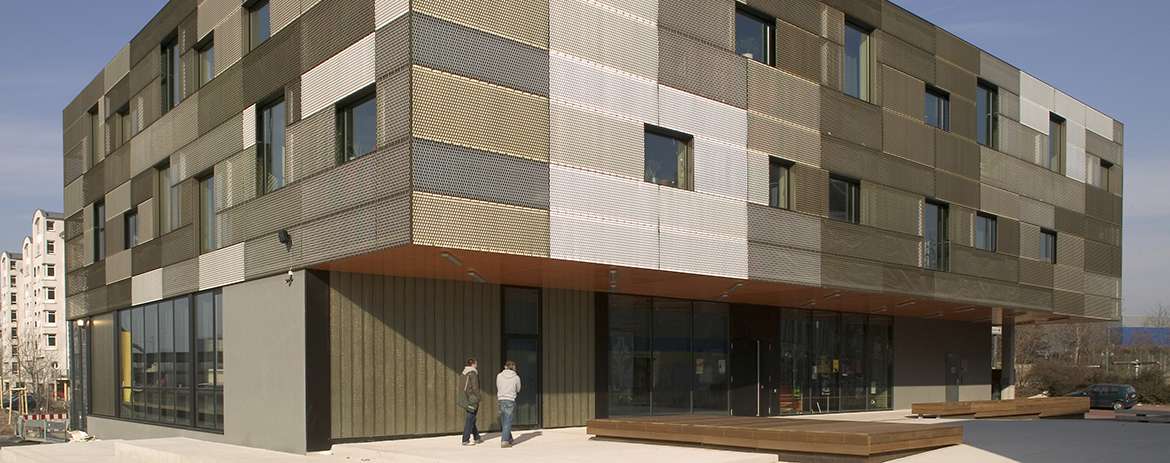
The start-up centre MusikparkMannheim is inaugurated in Hafenstrasse.
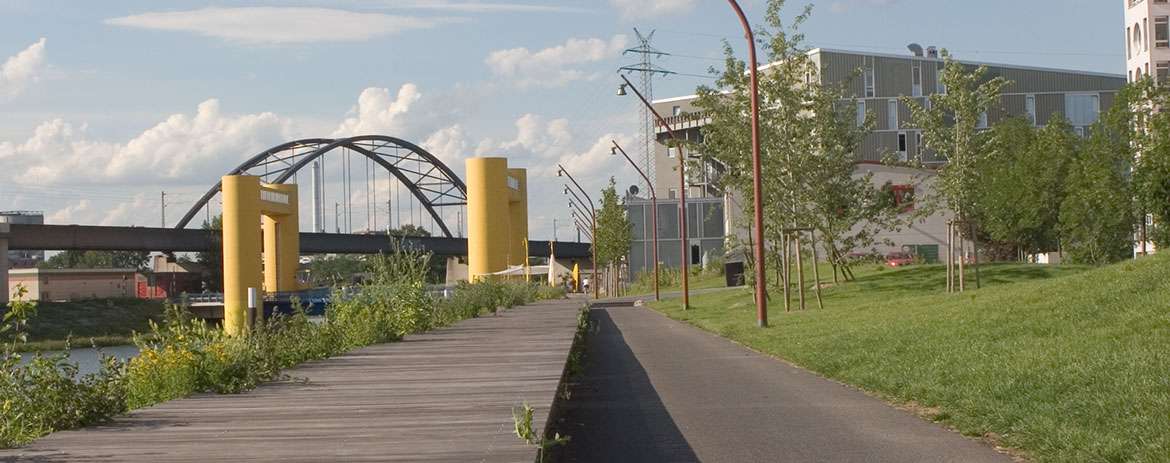
The SAP Arena goes into operation as an ice hockey and multifunctional hall. The Rhine-Neckar triangle with Mannheim in its centre is recognized as a "European Metropolitan Region".
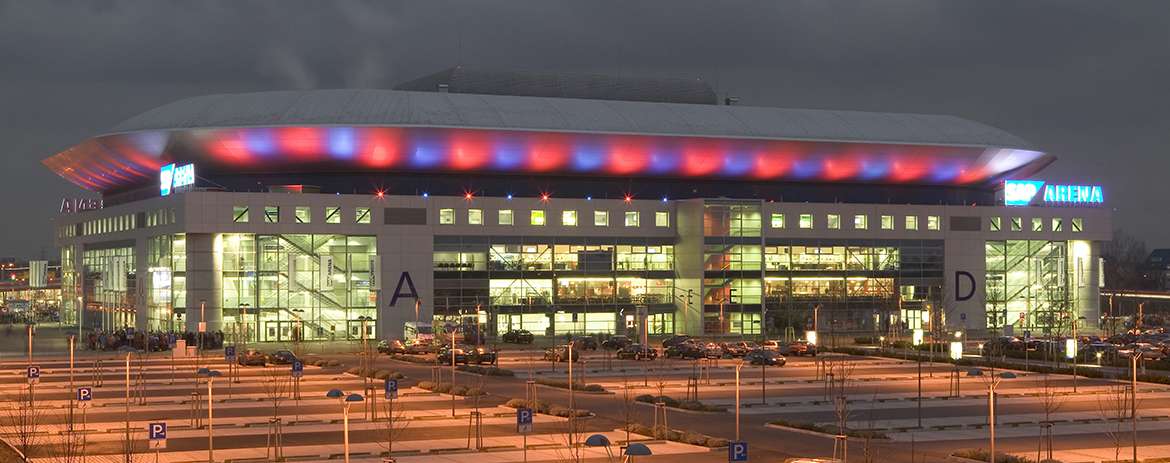
400th anniversary of the city of Mannheim.
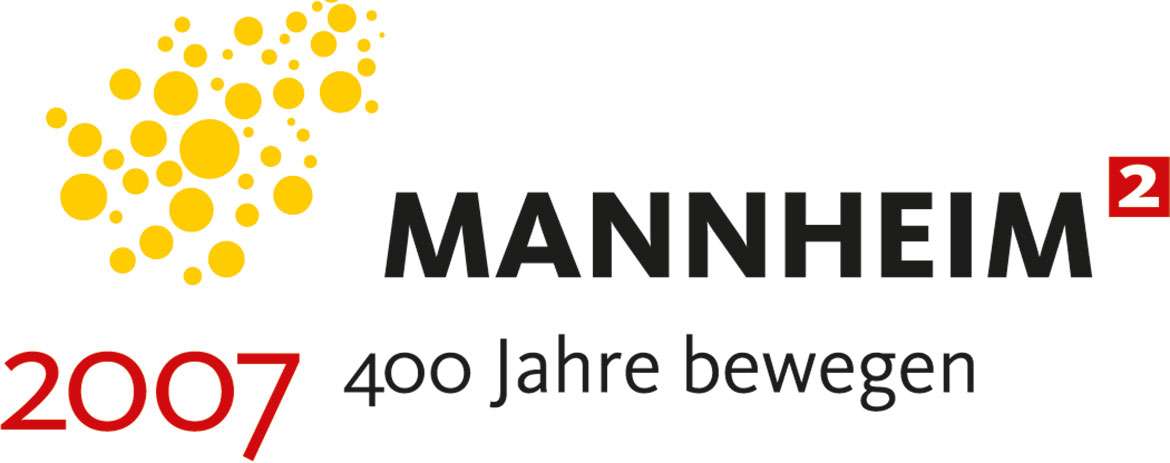
The American military forces stationed in Mannheim will leave by 2015, making the conversion of the vacated areas a central urban planning task.
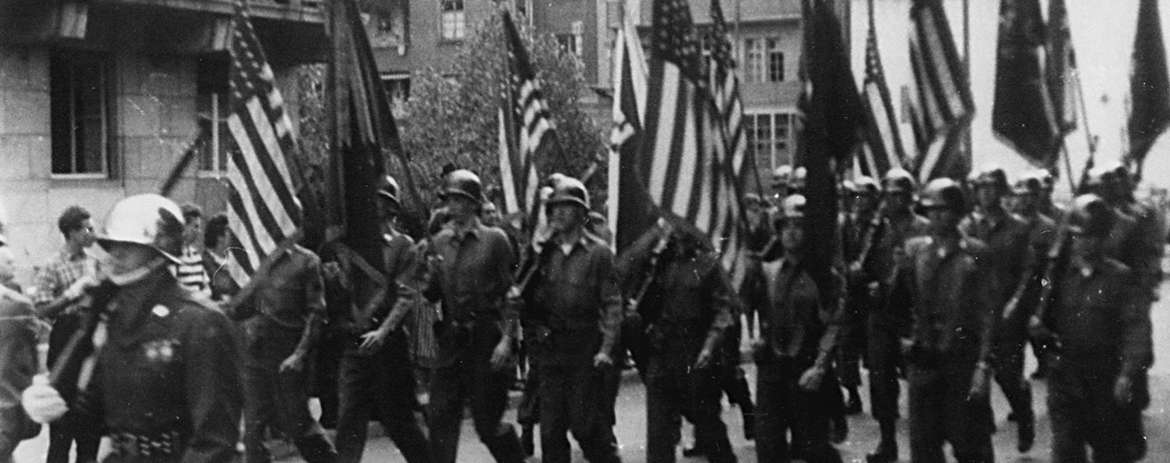
After months of citizen protests against a modern new building in place of the so-called Baroque Palace in the Planken, O 4, 4, a compromise is found. The new building is to be given a facade with a baroque appearance in imitation of the older building.
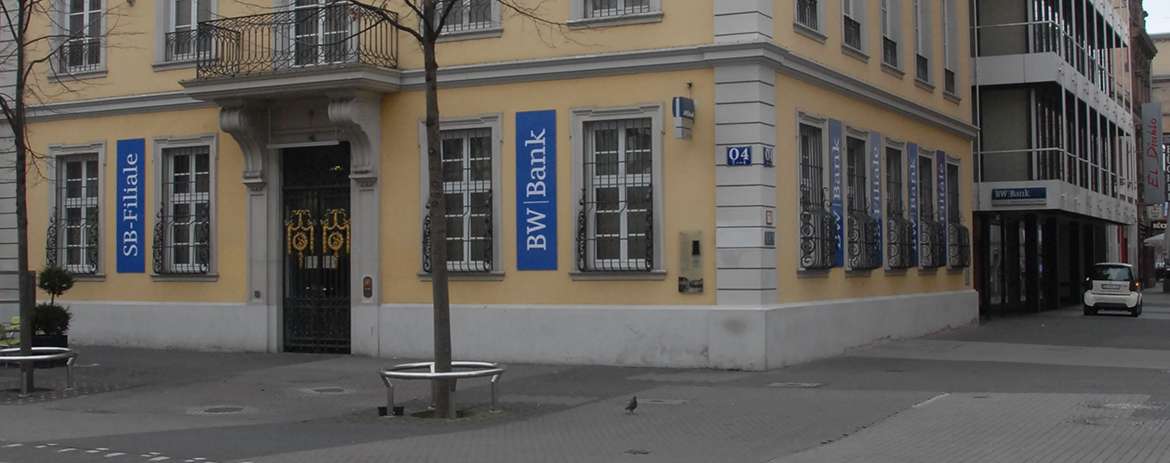
On September 22, the people of Mannheim decide by a narrow majority in favour of the 2023 Federal Horticultural Show in a referendum held together with the federal election.
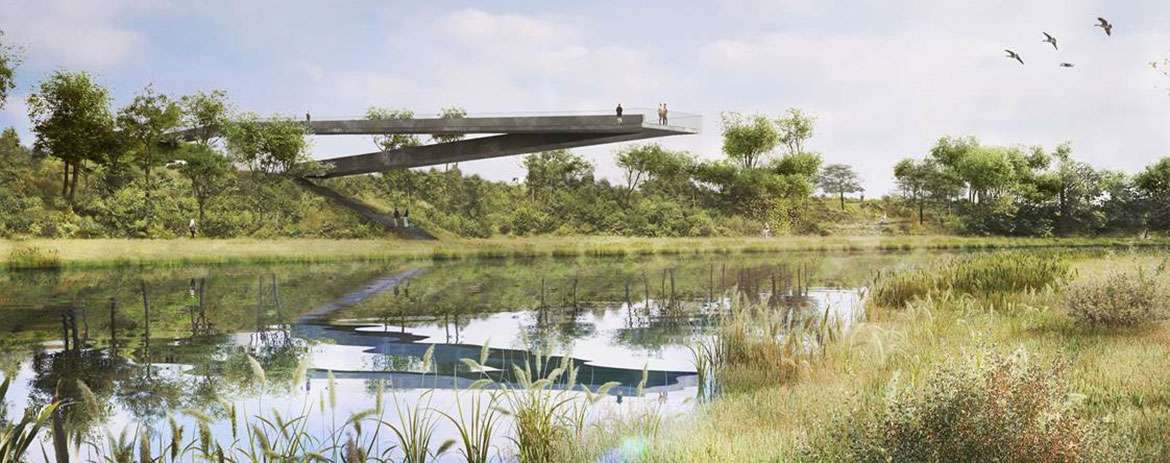
The residential and commercial complex in Q 6 and Q 7 opens with apartments, retail, hotel and gastronomy. It is the largest new construction project in Mannheim since the end of the World War II.
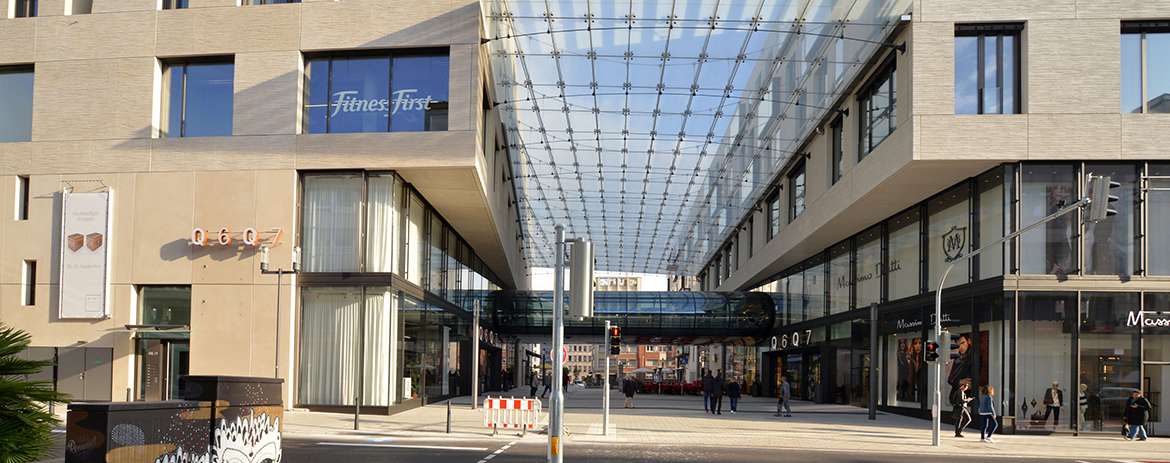
The new Kunsthalle building is inaugurated by German President Frank-Walter Steinmeier. The Hector Building replaces the Mitzlaff Building.
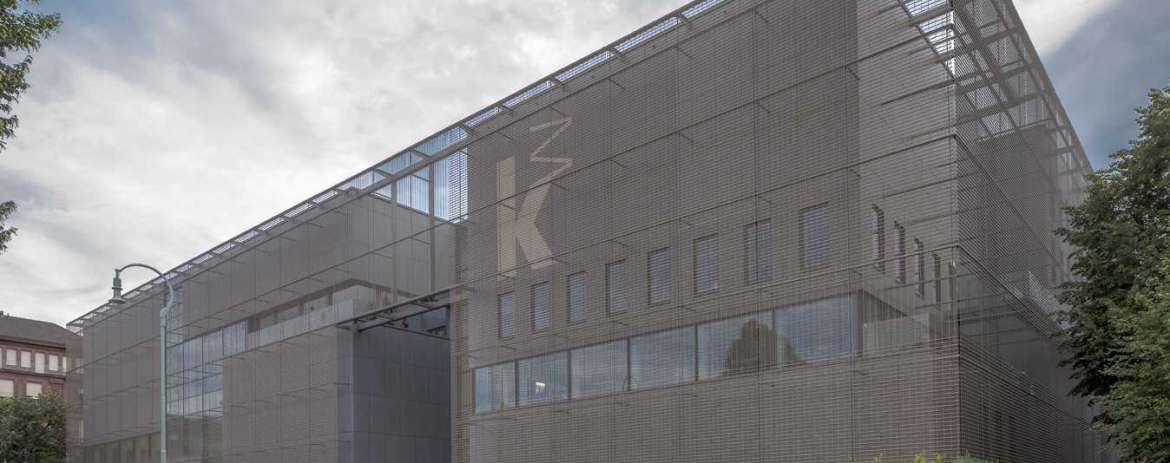
The City Archive Mannheim - Institute for Urban History moves to the Neckarstadt-West and is called from now on MARCHIVUM | Mannheim's Archive, House of City History and Remembrance.
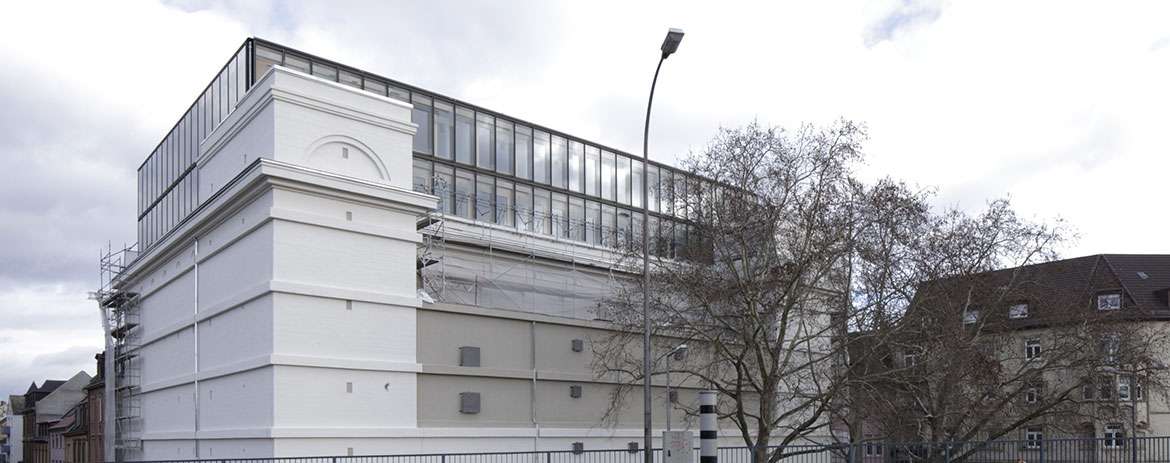
The coronavirus, which is spreading worldwide, is also changing life in Mannheim. Numerous restrictions, in particular two lockdowns, as well as tests and later also vaccinations, shape everyday life.
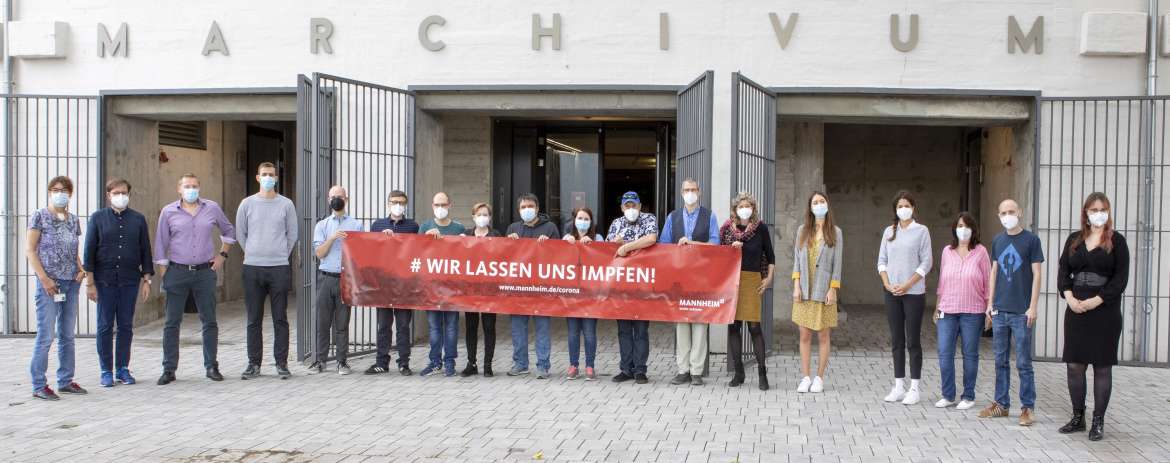
Mannheim enters into a twinning agreement with the Ukrainian city of Czernowitz as a sign of solidarity with Ukraine, which is suffering from the Russian war of aggression.
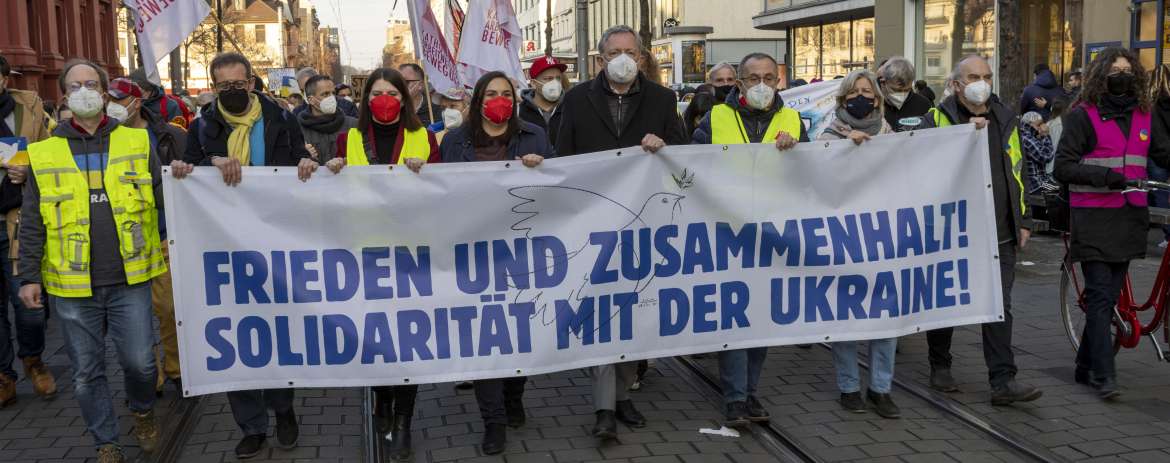
The Federal Horticultural Show (BUGA) attracts numerous visitors to the Luisenpark and to Spinelli with a variety of events.

Social Media Links